50 Wild Animals in Brazil [Wildlife in Brazil]
Want to know more about the wildlife of brazil?
Discover 50 wild animals in Brazil in this post, as well as interesting facts about them. 🇧🇷
Learn All About Brazilian Animals
Ready to learn all about Brazilian animals?
I’ve always been fascinated by animals, and by how they can be so different from one country to another. In this guide, we’ll focus on the many animals Brazil has on the land, in the sky, and underwater.
I’ve split the guide into 4 categories:
- Native animals from Brazil
- Endangered animals of Brazil
- What is Brazil national animal?
- How many animals native to Brazil?
Let’s dive in right away with our first category!
Native Animals from Brazil
Brazil is a huge South American country located in the northeastern part of the continent, famous for its amazing wildlife in the iconic Amazon rainforest. It is the largest country in Latin America and in South America, and is the fifth-largest one on the planet. It is bordered by every country in South America except for Ecuador and Chile, and its capital city is Brasília, which counts more than 3,039,000 inhabitants (but more than 4,291,000 if you include the metropolitan area).
An interesting part of the country that I wanted to tackle is its wildlife. In light of that, I have listed the best of it, and I hope you will love learning what animals live in Brazil.
Here’s the Brazil animals list.
1. Jaguar

- Name: Jaguar
- Scientific name: Panthera onca
- Conservation status:
The jaguar is one of the most iconic wild animals in the South American rainforest. It is the third-largest species of wild cat in the world, and it has a very recognizable yellow to tan-colored fur covered by spots.
Sadly, this mighty animal is more and more threatened by poaching and habitat loss. Its body parts, most importantly its coat, are illegally traded in Brazil. The decline of the jaguar population started at the end of the 1990s, but it is now closely monitored and intensely protected.
2. Southern tamandua
- Name: Southern tamandua
- Scientific name: Tamandua tetradactyla
- Conservation status:
The southern tamandua, also known as the lesser anteater or the collared anteater, is a species of anteater native to South America and to the island of Trinidad in the Caribbean. Most of the time, it is a solitary animal that can be found in many different habitats, like arid savannas and dense forests.
As its name suggests, it mostly feeds on ants, bees and termites. Its foreclaws are very strong, and it uses them to break insect nests.
3. Giant otter
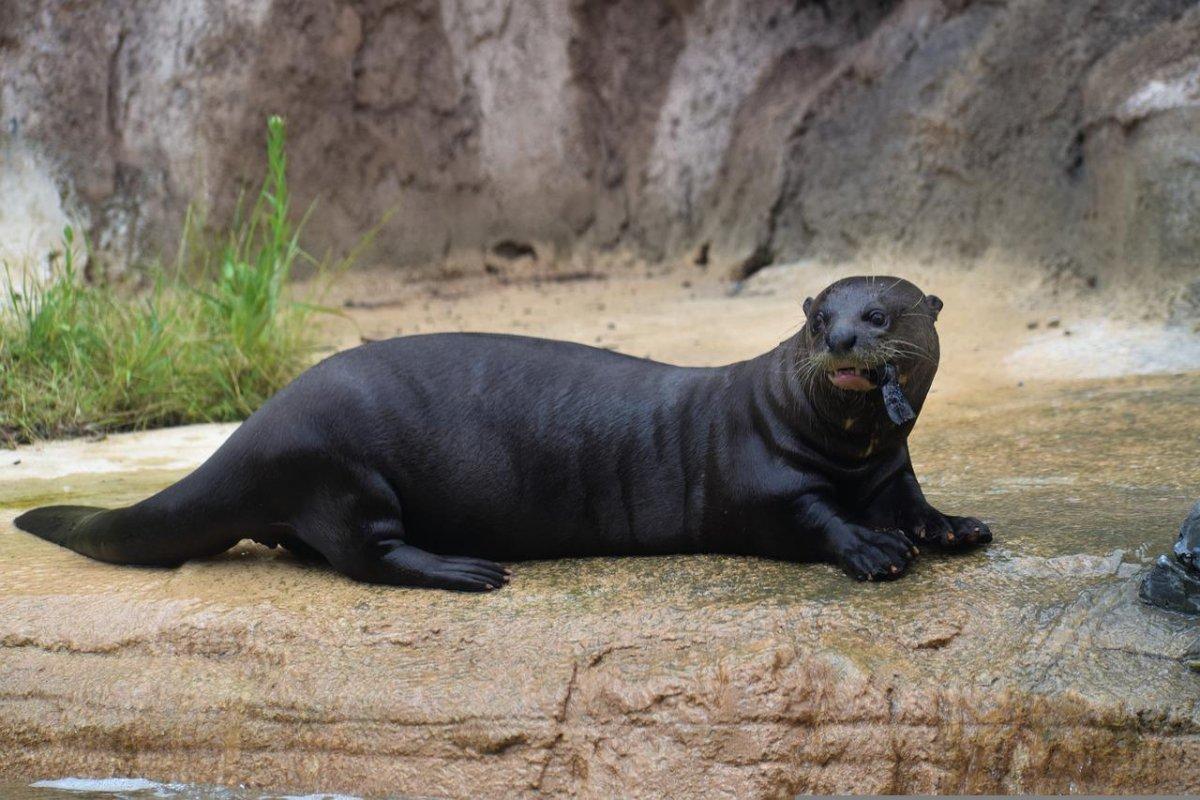
- Name: Giant otter
- Scientific name: Pteronura brasiliensis
- Conservation status:
The giant otter is a species of South American carnivorous mammal. It lives in family groups with 3 to 8 members. These groups are very cooperative, and they are dominated by a breeding pair.
Most of the time, the giant otter is peaceful, but since it is a very territorial animal, aggression between groups was already observed. Funnily enough, it is the noisiest species of otter, and it uses its vocalizations to indicate aggression, alarm, or reassurance.
4. Ocelot
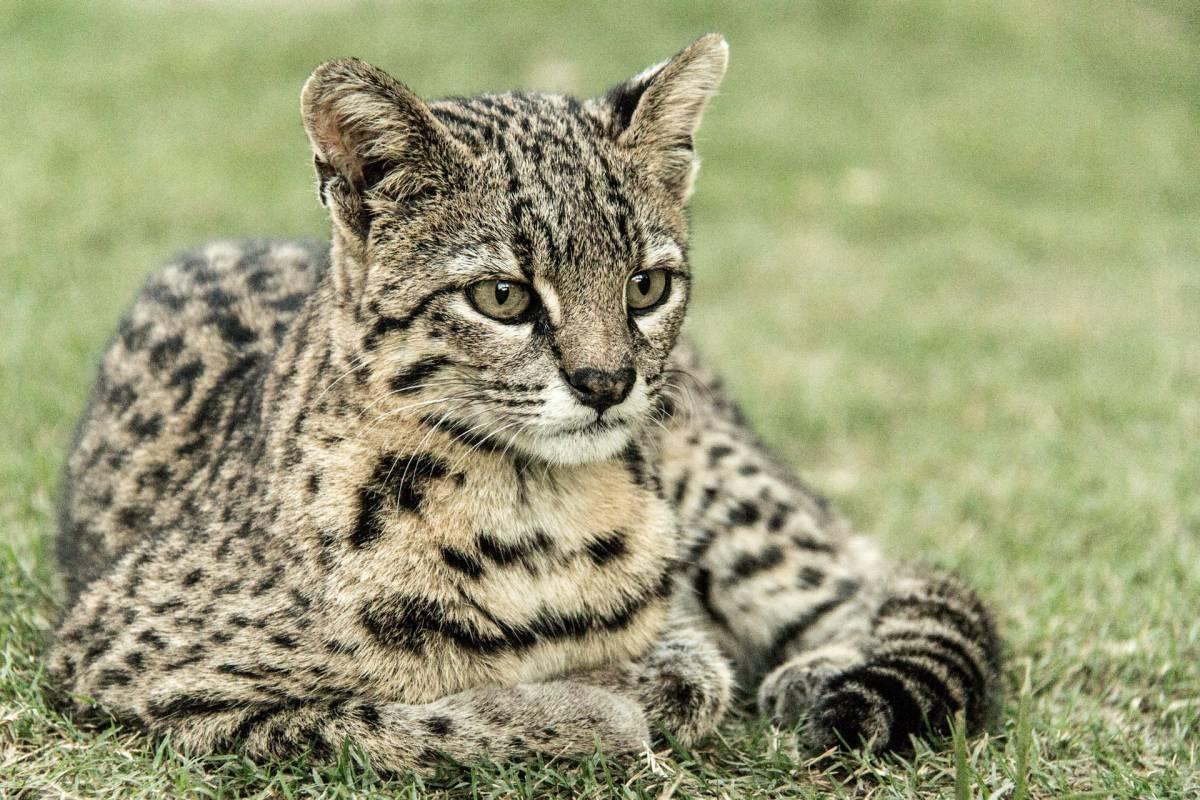
- Name: Ocelot
- Scientific name: Leopardus pardalis
- Conservation status:
The ocelot is a medium-sized species of wild cat native to a large portion of the Americas, from the southwestern United States to southern Brazil. It also inhabits some islands of the Caribbean, and usually lives next to bodies of water with dense vegetation cover.
This animal is active during twilight and at night, it is territorial and solitary, and its diet is made of small mammals. Though listed as least concern, it is threatened by hunting, traffic accidents, and habitat destruction.
5. Maned wolf
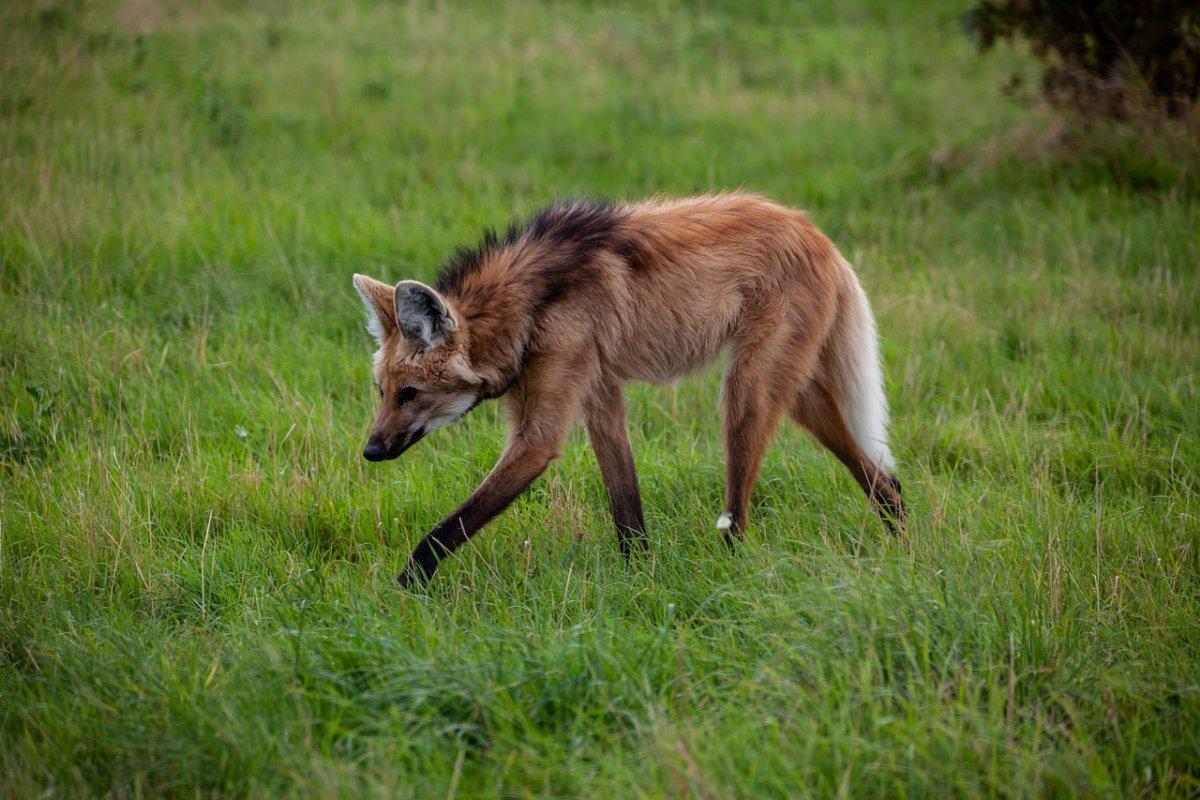
- Name: Maned wolf
- Scientific name: Chrysocyon brachyurus
- Conservation status:
The maned wolf is the largest species of canine in South America. It has characteristic long and thin legs and a dense reddish coat. It is active at twilight and lives in open savannas.
It is an omnivorous animal that feeds on small and medium-sized animals, but also on fruit and sugarcane. Opposite to most wolf species, the maned wolf is a solitary animal that does not form packs.
6. South American tapir
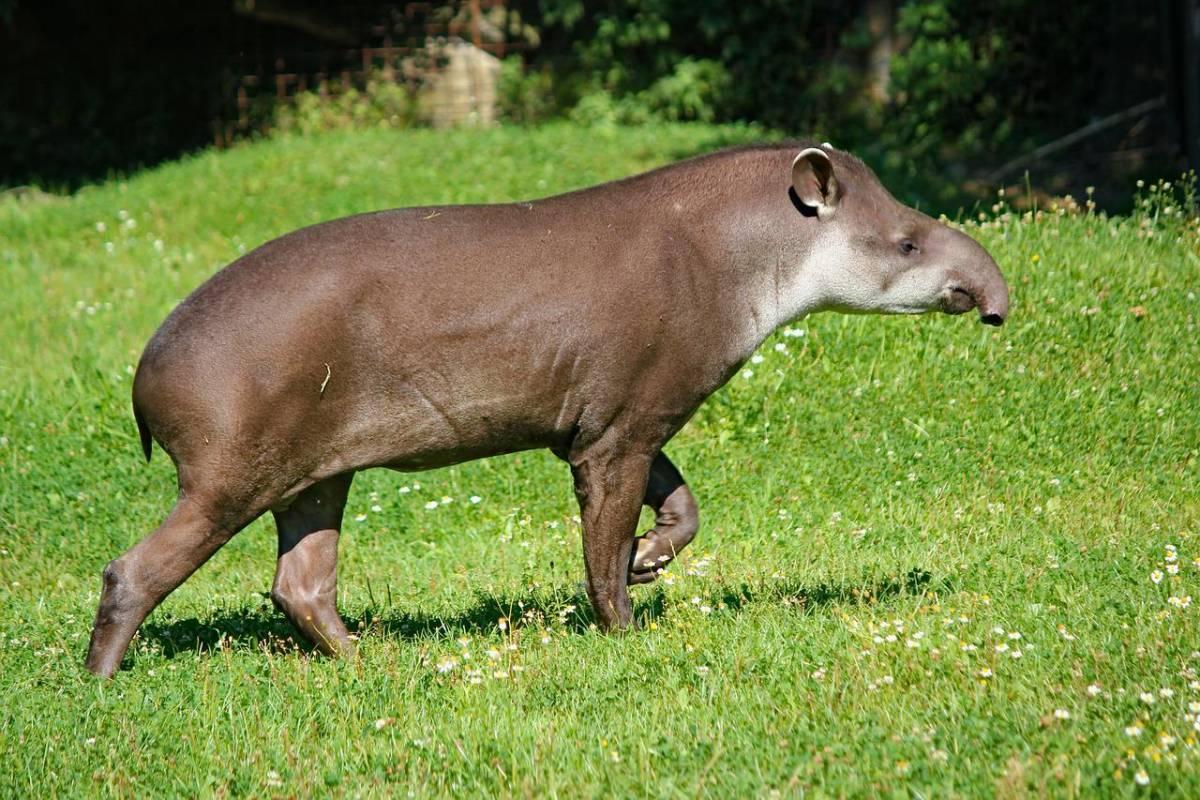
- Name: South American tapir
- Scientific name: Tapirus terrestris
- Conservation status:
The South American tapir, also known as the Brazilian tapir, the Amazonian tapir, or the maned tapir, is one of the four species of tapirs, and it is the largest native terrestrial mammal in the Amazon rainforest.
This tapir’s population has drastically declined in the past decades due to habitat destruction and poaching for meat and hides. Compared to the other three tapir species, it is significantly less endangered though.
7. Green anaconda
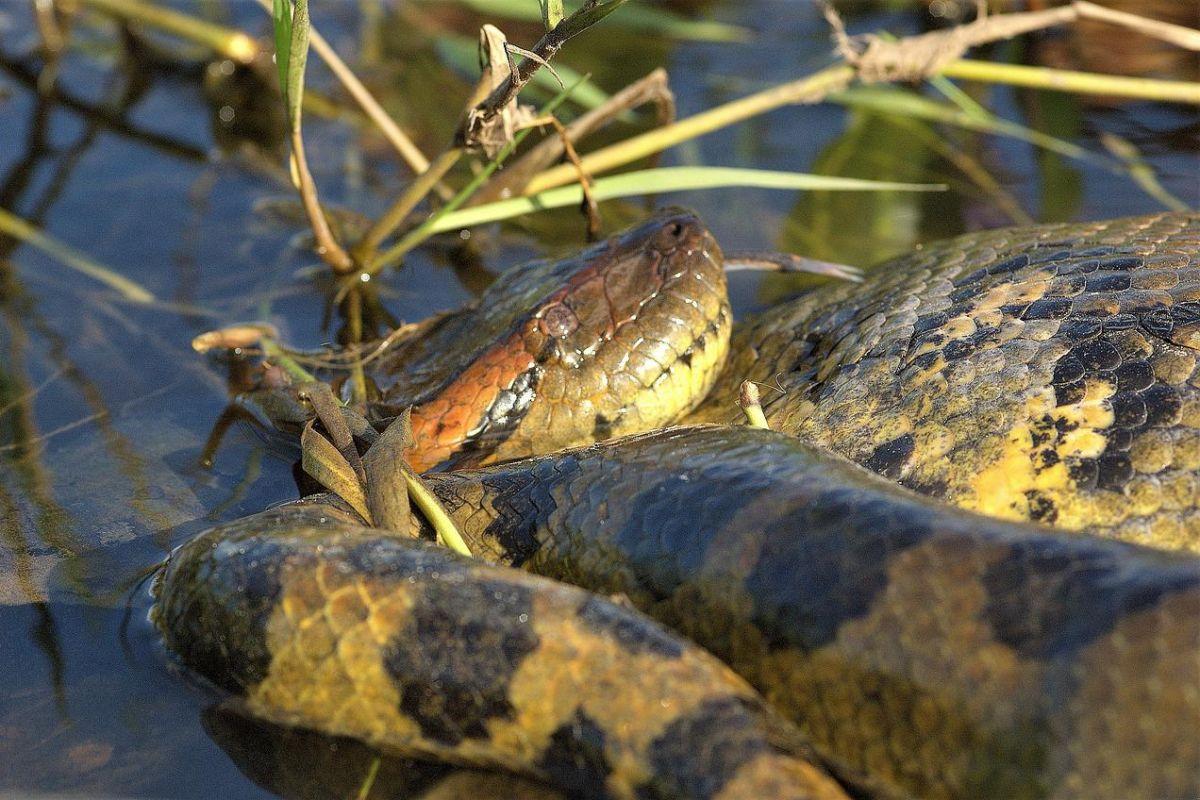
- Name: Green anaconda
- Scientific name: Eunectes murinus
- Conservation status:
The green anaconda, also called the giant anaconda or the common water boa, is a boa species native to South America. It can be found throughout most of Brazil, but also in several of its neighboring countries.
Like other boas, it is not venomous, but it is a dreadful constrictor. The green anaconda is the world’s longest and heaviest snake, and it may reach more than 8.8 m / 29 ft long!
8. Red-bellied piranha
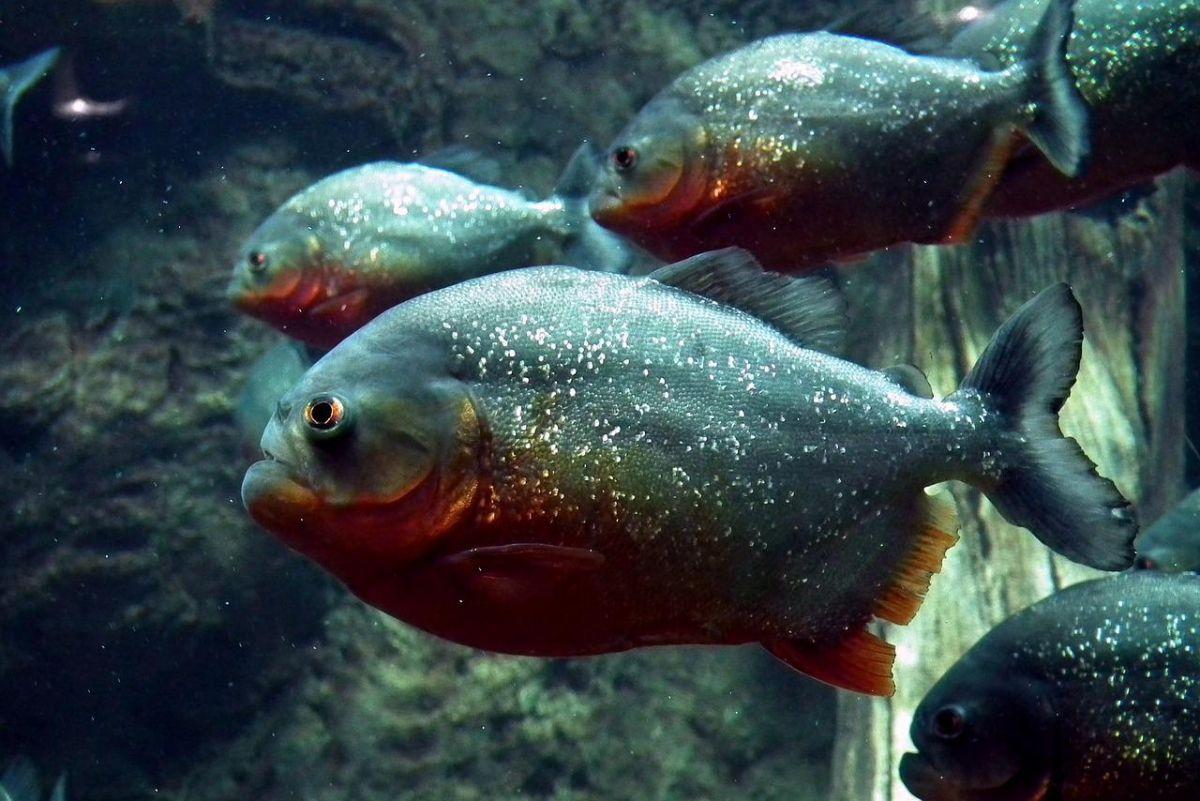
- Name: Red-bellied piranha
- Scientific name: Pygocentrus nattereri
- Conservation status:
Piranhas are famously featured in the media for being some of the scariest and most dangerous flesh-eating animals on the planet. While this is not entirely false, it is very rarely attacking humans and poses a minor threat.
The red-bellied piranha is one of the species of piranha, and it lives in South America. It feeds on other fish, crustaceans, worms, and insects. It is a popular aquarium fish and is sometimes eaten in the local cuisine.
9. Maned sloth
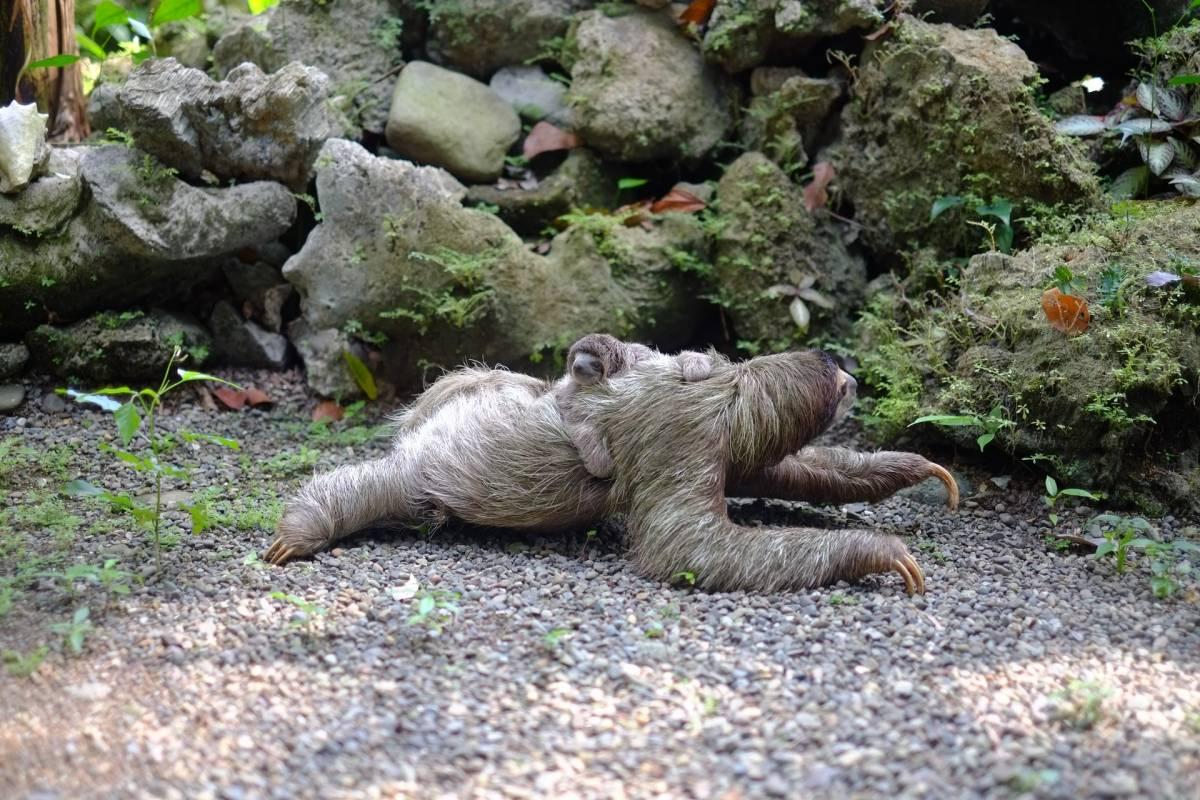
- Name: Maned sloth
- Scientific name: Bradypus torquatus
- Conservation status:
The mane sloth is one of four species of the three-toed sloth, and it can only be found in a restricted area, on the eastern coast of Brazil. It inhabits the Atlantic coastal rainforest, usually in evergreen forests.
Its pelage is brown to gray, and it has long hair all over its body. Its outer coat is most of the time inhabited by ticks, mites, beetles, and moths, and this sloth spends 60 to 80 percent of the day asleep.
10. Brazilian three-banded armadillo
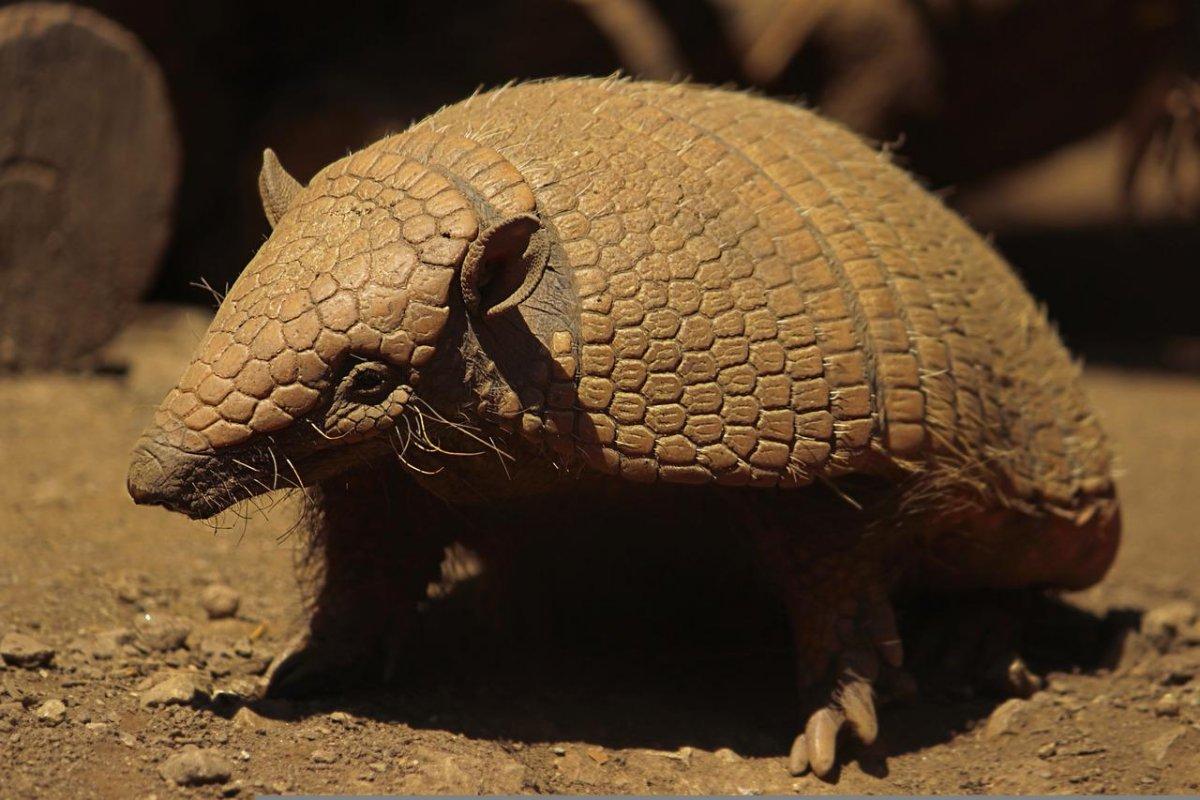
- Name: Brazilian three-banded armadillo
- Scientific name: Tolypeutes tricinctus
- Conservation status:
Armadillos are fantastic creatures that are sadly all on the verge of extinction. They have protective scales all over their body, and when they roll into a defensive ball, they are extremely well protected.
The Brazilian three-banded armadillo has seen its global population decrease by around a third in the last 10 years. It is endemic to eastern Brazil, in the northeastern part of the country, and can be found in open savannas and dry woodlands.
11. Hoary fox
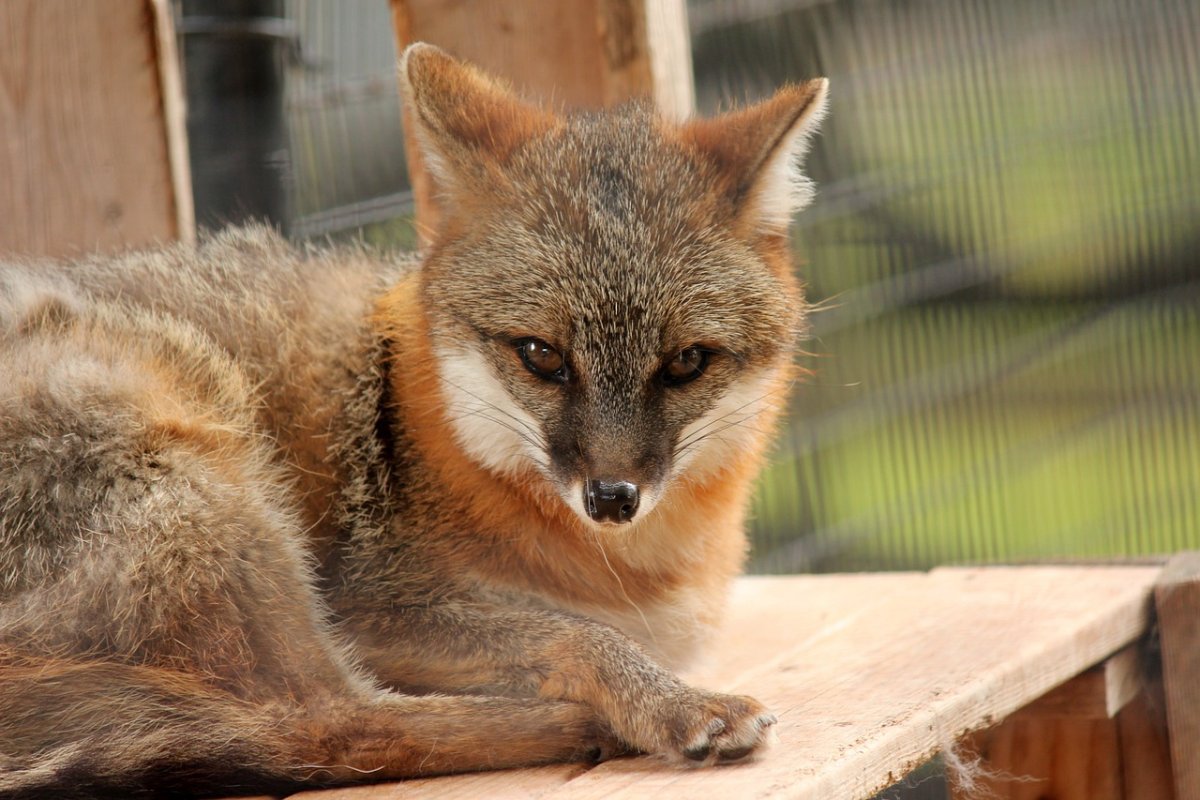
- Name: Hoary fox
- Scientific name: Lycalopex vetulus
- Conservation status:
The hoary fox, also known as the hoary zorro, is a species of false fox endemic to Brazil. Despite their name and their looks, false foxes are not foxes, but rather have a unique genus.
Opposite to most other foxes, the hoary fox majorly feeds on small invertebrates like insects. It is a nocturnal and solitary animal (outside of breeding season of course), and it inhabits different areas such as savannas and bushlands.
12. Bristle-spined rat
- Name: Bristle-spined rat
- Scientific name: Chaetomys subspinosus
- Conservation status:
The bristle-spined rat, also known as the bristle-spined porcupine or the thin-spined porcupine, is a species that does not have a specific animal family. It could either belong to the spiny rats or to the New World porcupines, hence its names.
It is seriously threatened by poaching, roadkills, and habitat loss. Its name comes from the spines on its back that are bristle-like. Also, it has a long naked tail.
13. Capybara
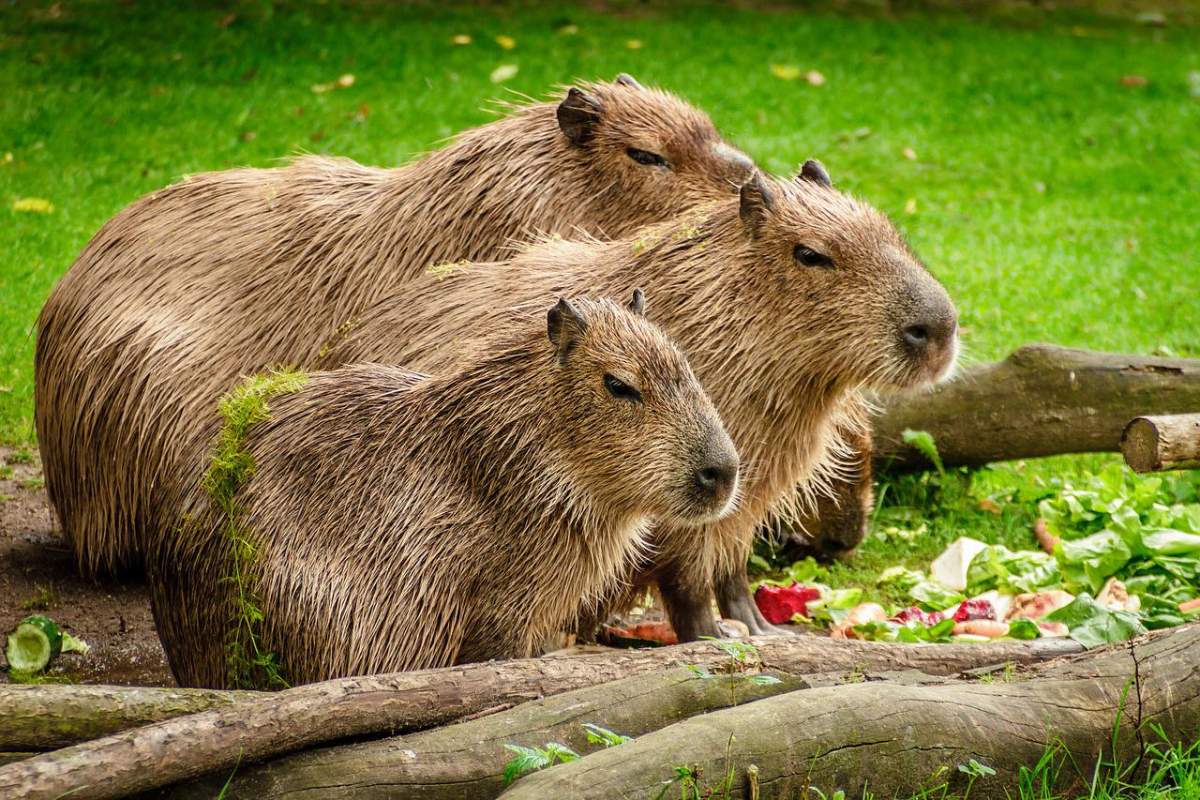
- Name: Capybara
- Scientific name: Hydrochoerus hydrochaeris
- Conservation status:
The capybara is one of the most common, if not the most common, large species found in Brazil. It is the largest rodent on the planet, and it is related to guinea pigs and chinchillas.
Capybaras can be found in groups of 10 to 20 individuals, though some of them were seen in very large herds of 100 animals. It is not a threatened species, and it is hunted for its meat, hide and grease.
14. Black howler
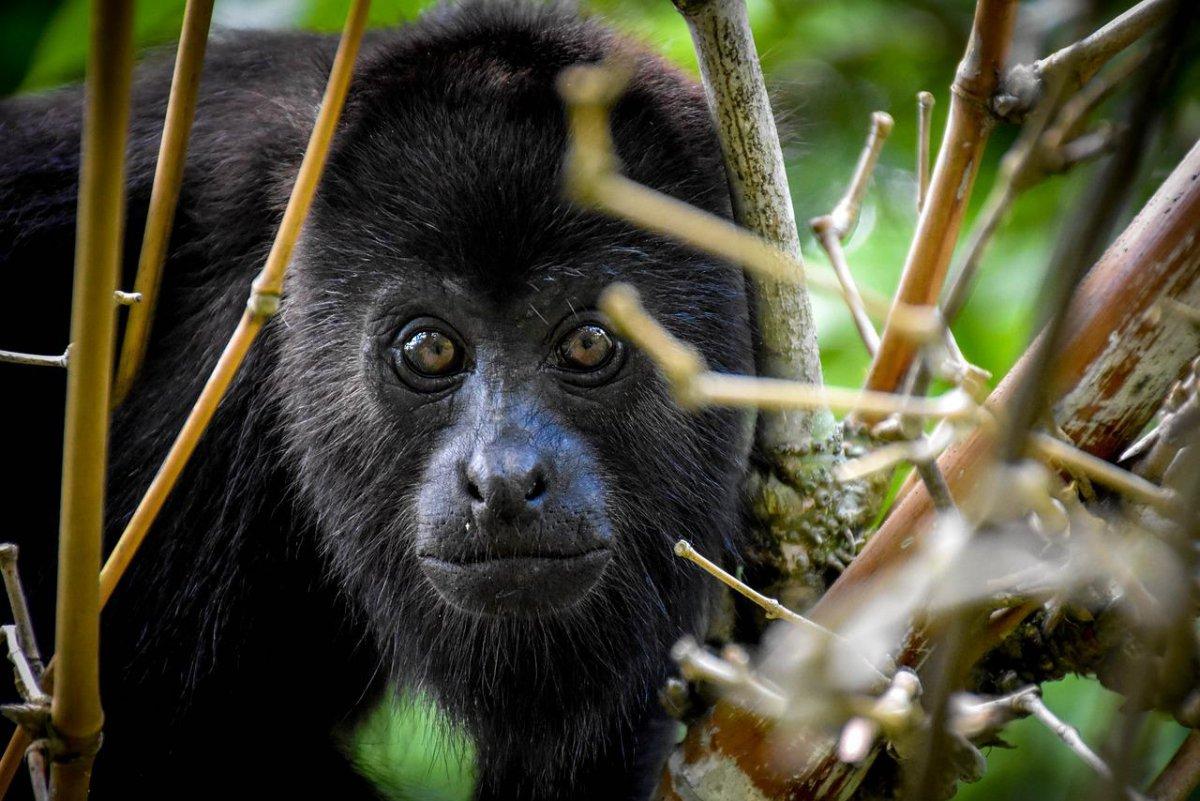
- Name: Black howler
- Scientific name: Alouatta caraya
- Conservation status:
The black howler, also known as the black-and-gold howler, is a species of howler monkey native to South America. It can be found in Brazil, Argentina, Bolivia, and Paraguay. Despite its name, only adult males are black, while females and juveniles are rather whitish or yellowish.
It is a howler monkey, meaning it is famous for its vocalizations, which can be heard up to 5 km / 3.1 mi away.
15. South American cougar
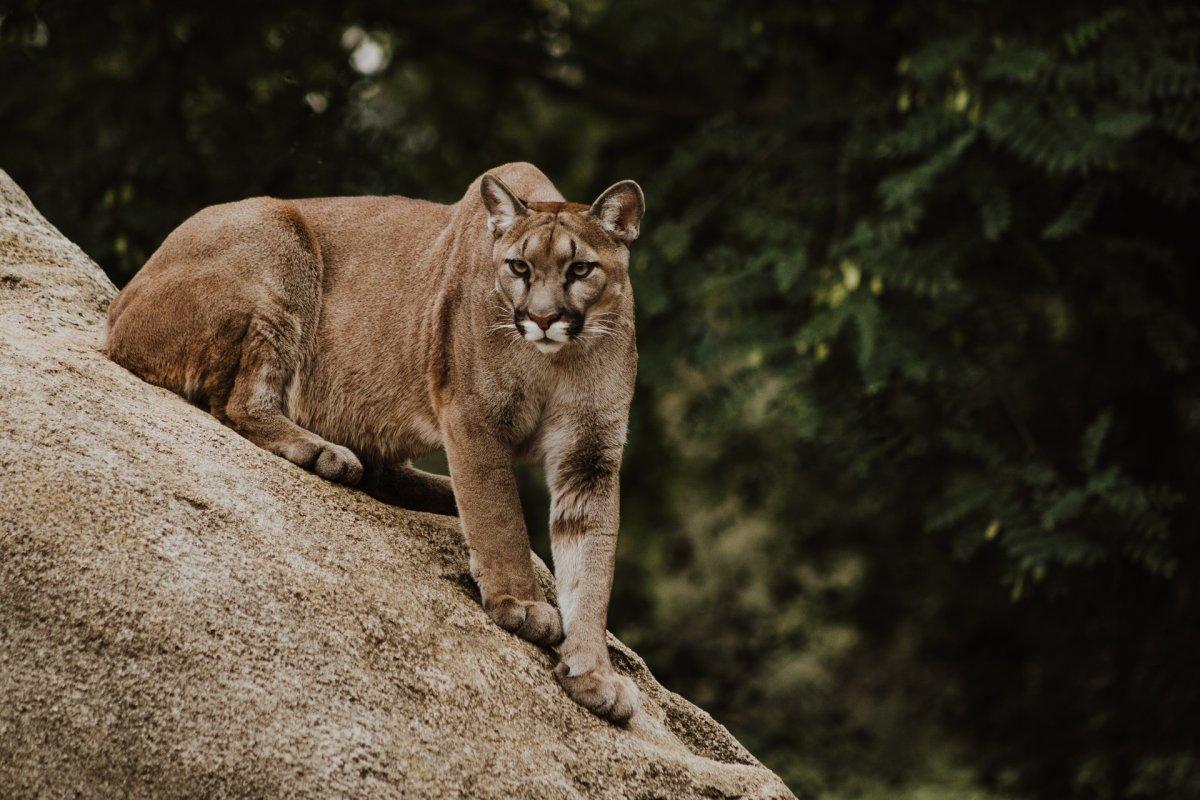
- Name: South American cougar
- Scientific name: Puma concolor concolor
- Conservation status:
The cougar, or puma, mountain lion, panther, or catamount, is a large cat species native to the Americas. There are two subspecies, the North American cougar and the South American cougar.
Cougars are the second-largest wild cats in the Americas after the jaguar, and they live in forests, rocky areas, and steep canyons. Because they are solitary creatures and almost apex predators (they are only killed by humans), they rarely have to fight, though conflicts can happen with other predators or scavengers.
16. Crab-eating fox
- Name: Crab-eating fox
- Scientific name: Cerdocyon thous
- Conservation status:
The crab-eating fox, also known as the forest fox, the bush dog, the maikong, or the wood fox, is a wild species of canid endemic to central South America. It inhabits savannas, woodlands, and forests, and is threatened with extirpation in some areas.
It gets its name from its diet, mainly made of crabs it finds on muddy floodplains. However, it is still an opportunistic omnivore that will feed on anything it can, from insects and rodents to birds and eggs.
17. White-footed saki
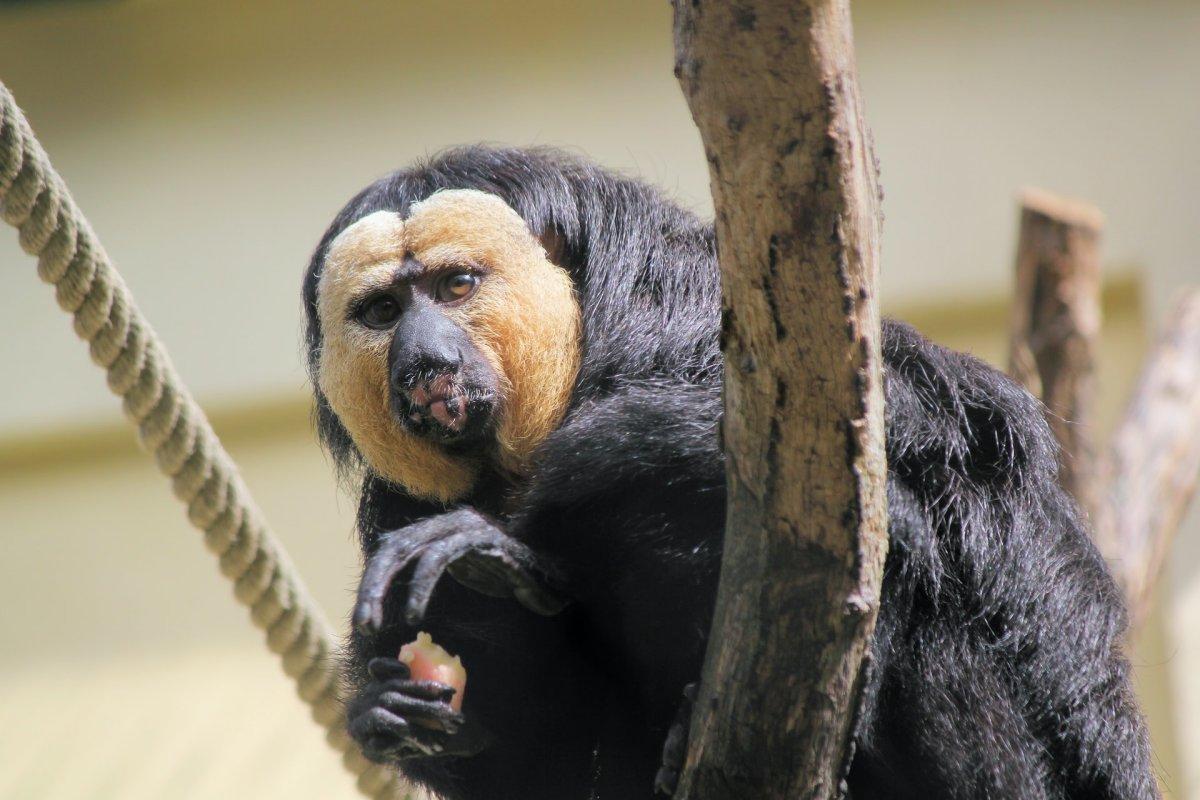
- Name: White-footed saki
- Scientific name: Pithecia albicans
- Conservation status:
The white-footed saki, also known as the white saki or the buffy saki, is a species of saki monkey, endemic to western Brazil.
Saki monkeys are found in South America, and despite their small size, they have long and bushy tails. They are active during the day and live in the trees of the rainforests. Their diet is mostly made of fruit, but also some flowers, insects, and leaves.
18. Azara’s agouti
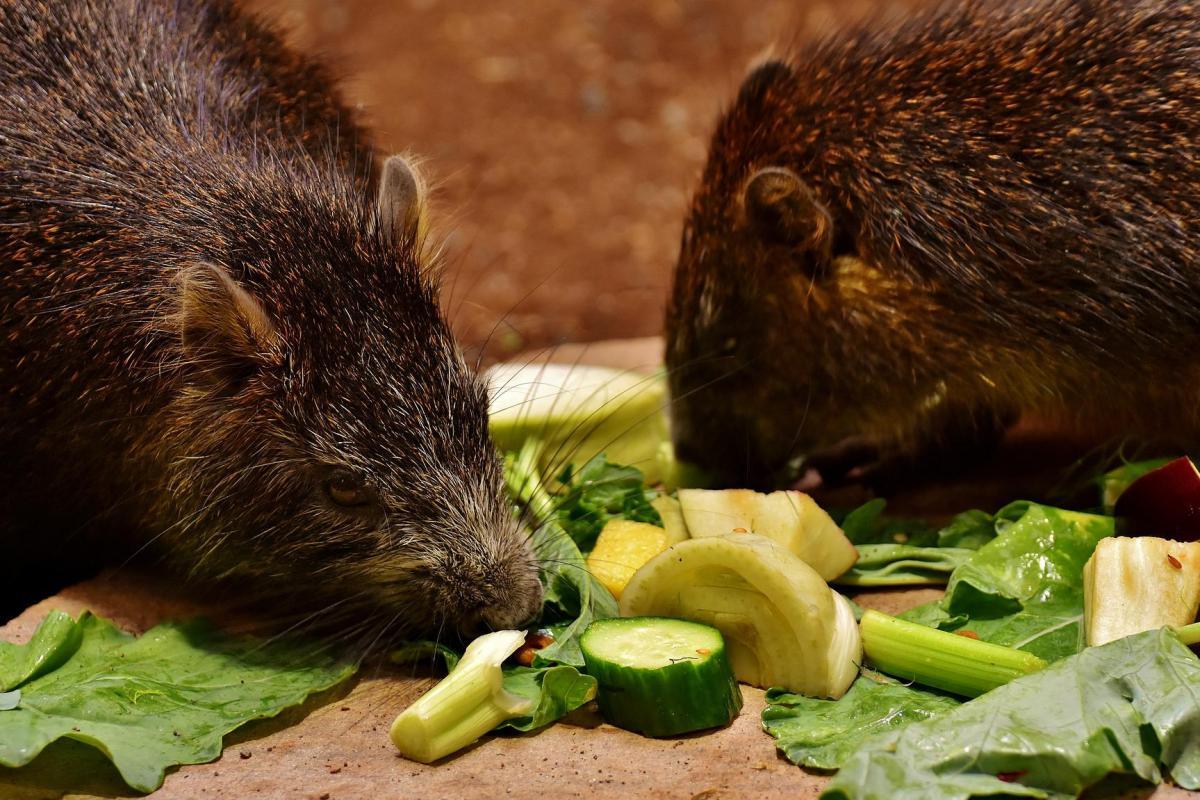
- Name: Azara’s agouti
- Scientific name: Dasyprocta azarae
- Conservation status:
Azara’s agouti is a species of agouti native to South America. It can be found in several countries like Brazil, Argentina, and Paraguay.
Its name comes from Spanish naturalist Félix de Azara, who lived during the 18th and 19th centuries. This agouti is very shy and solitary, which is why it is hard to assess its global population. It may very well be locally extinct in some places due to hunting and is considered vulnerable in Argentina.
19. South American coati
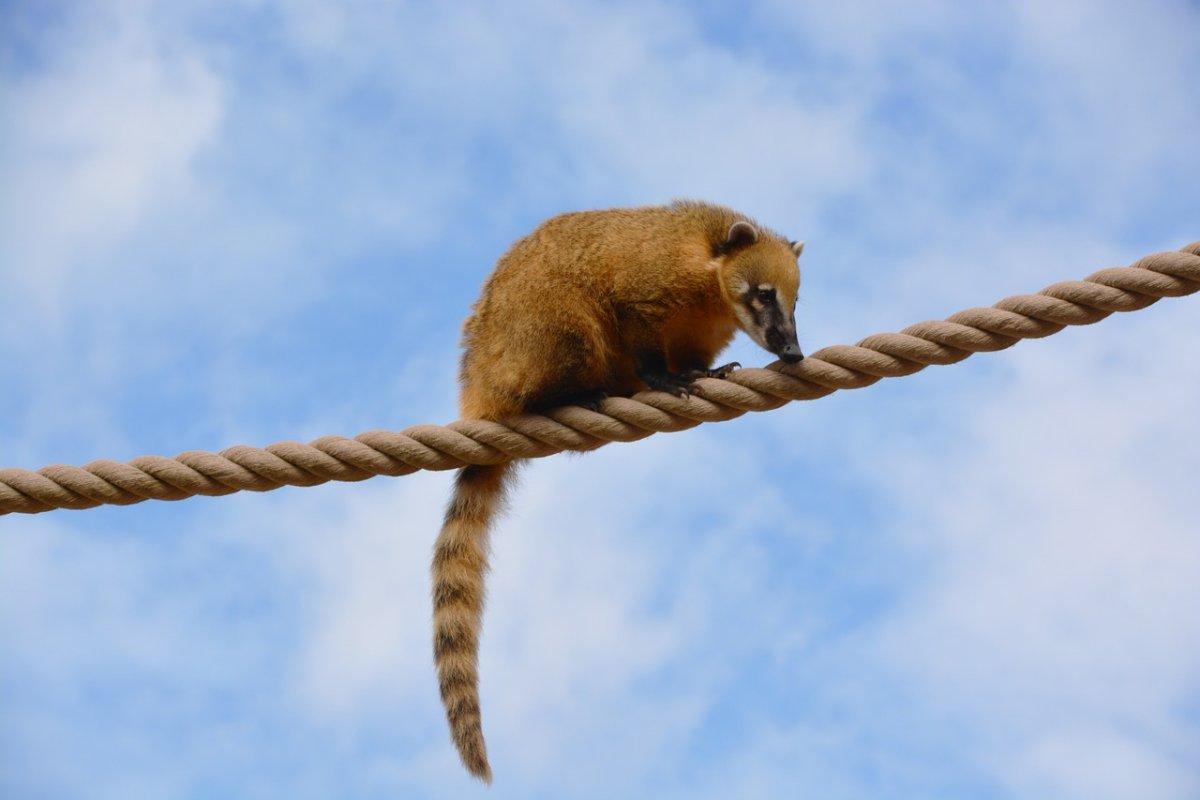
- Name: South American coati
- Scientific name: Nasua nasua
- Conservation status:
The South American coati, also known as the ring-tailed coati, is a species of coati that inhabits tropical and subtropical areas of South America. It was also introduced to the island of Mallorca, in the Mediterranean Sea, where it is considered an invasive species.
This animal is terrestrial and arboreal and is active during the day. Even though it is an omnivore, it majorly feeds on invertebrates, small animals, bird eggs, and fruit. Females live in large groups of 15 to 30 individuals, while males are rather solitary.
20. Collared peccary
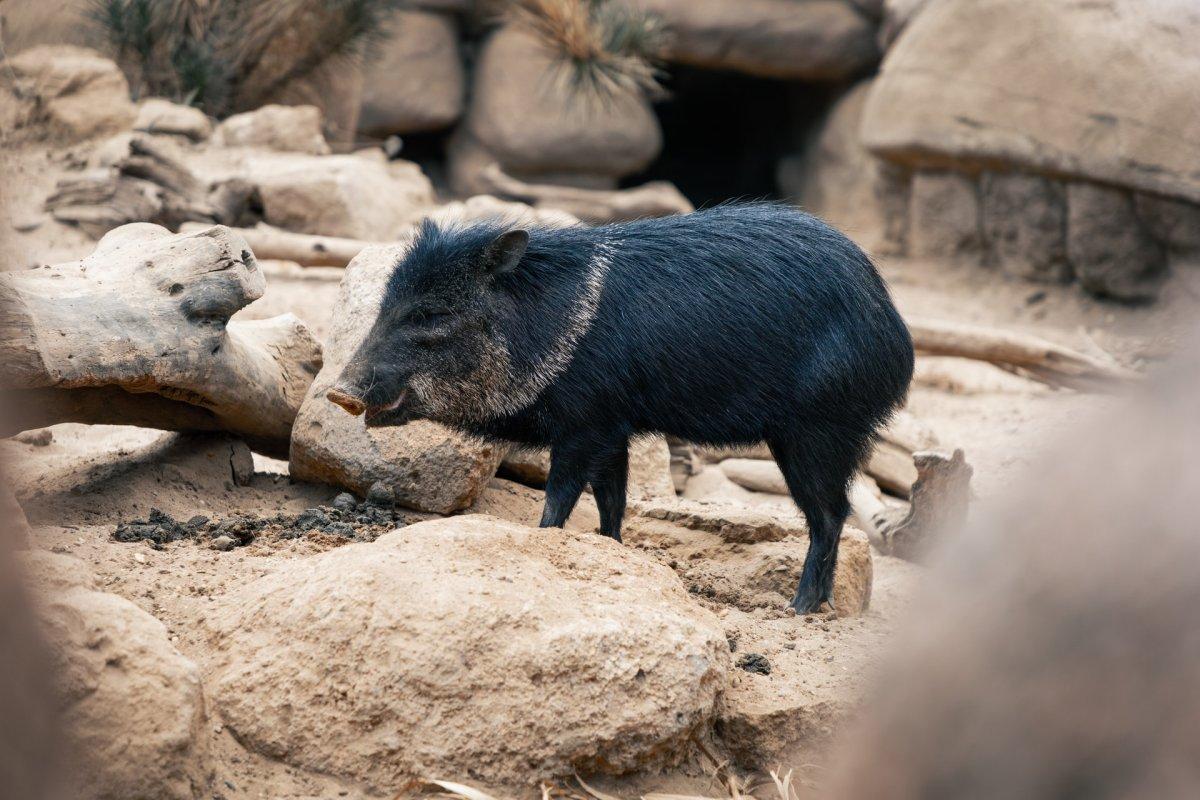
- Name: Collared peccary
- Scientific name: Dicotyles tajacu
- Conservation status:
The collared peccary is a species of mammal native to the Americas. It is also called the musk hog and can be found almost anywhere from the United States to Argentina. It is a versatile species that inhabits deserts, tropical and subtropical grasslands, and savannas, among other habitats.
It is considered a herbivorous mammal, and it eats cactus, beans, roots, palm nuts, and fruits. Its main predators are Mexican wolves, jaguars, bobcats, coyotes, and cougars.
21. Red brocket
- Name: Red brocket
- Scientific name: Mazama americana
- Conservation status:
The red brocket is a species of deer living in northwestern South America. It usually inhabits forests and feeds on fruit when available. Opposite to many deer species, it is rather solitary and it stays hidden in dense jungles.
Only adult male red brockets have antlers, and this species is the largest of brocket deers. Its fur is reddish-brown, hence its name, and it can weigh up to 65 kg / 143 lb.
22. Blue-and-yellow macaw
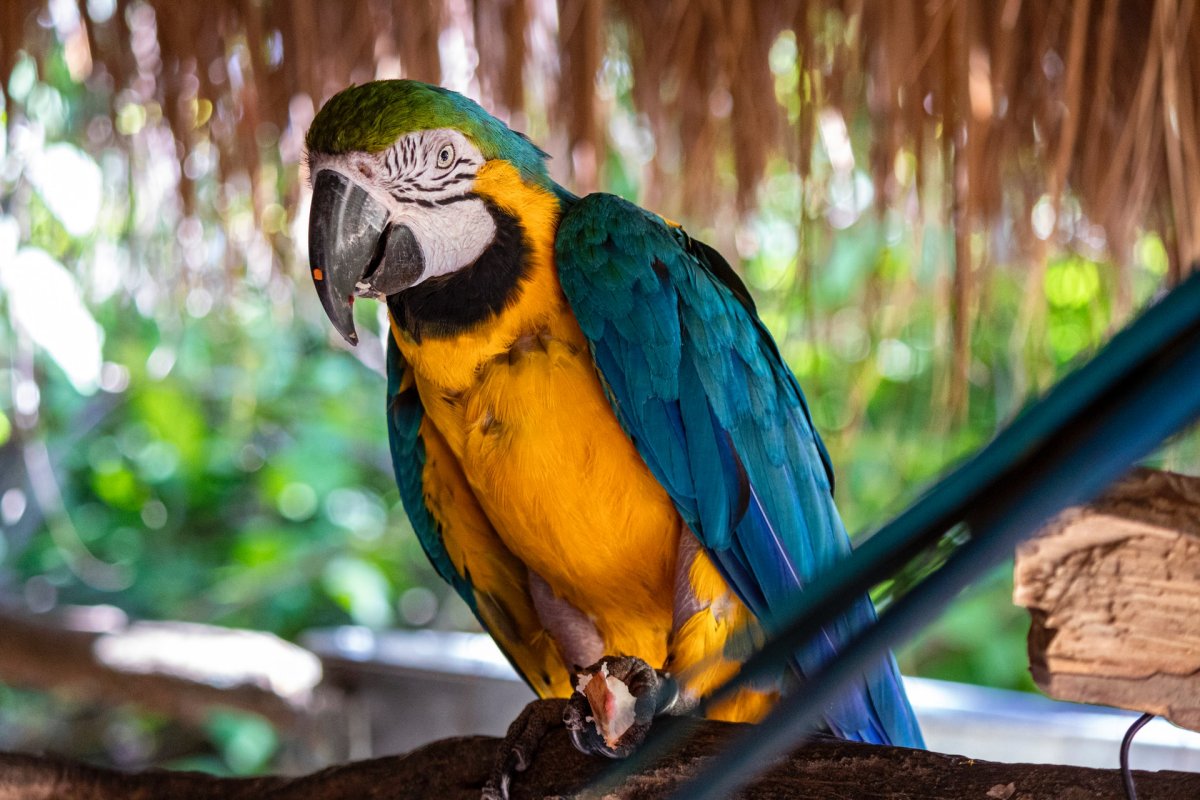
- Name: Blue-and-yellow macaw
- Scientific name: Ara ararauna
- Conservation status:
Macaws are emblematic rainforest parrots that inhabit most of the Amazon. The blue-and-yellow macaw is a large parrot with a blue, yellow, and orange plumage. It is one of the most popular macaws in aviculture due to its close bonding with humans, beautiful and bright colors, ready availability, and ability to talk.
Sadly, among the 2 to 3 chicks that hatch, one of them is dominant and gets all the food, while the others just die in their nest.
23. Turquoise-fronted amazon
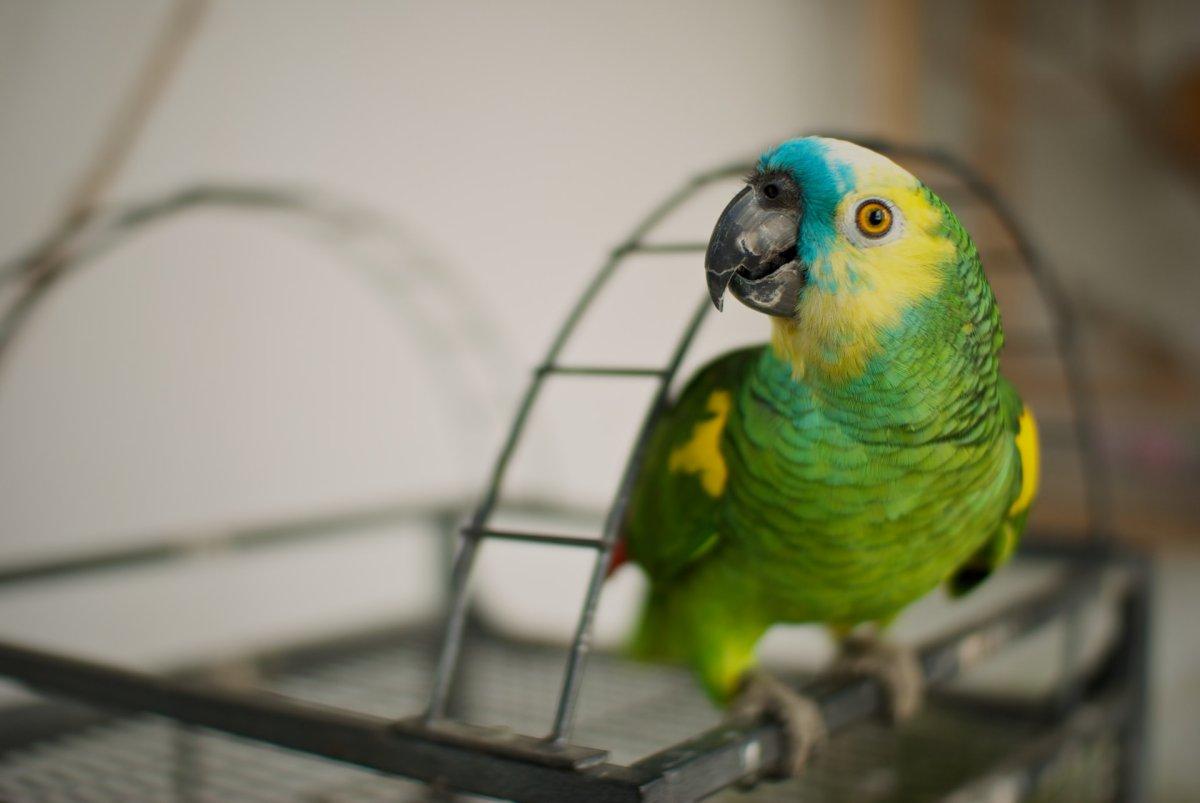
- Name: Turquoise-fronted amazon
- Scientific name: Amazona aestiva
- Conservation status:
The turquoise-fronted amazon, also known as the blue-fronted parrot or the blue-fronted amazon, is a species of amazon parrot native to South America. It is one of the most common pet parrots around the planet, and its name comes from its unique little turquoise marking above its beak.
It builds its nest in tree cavities and lays 3 to 5 eggs. Even though it is considered of least concern, for now, its population is on the decline.
24. Toco toucan
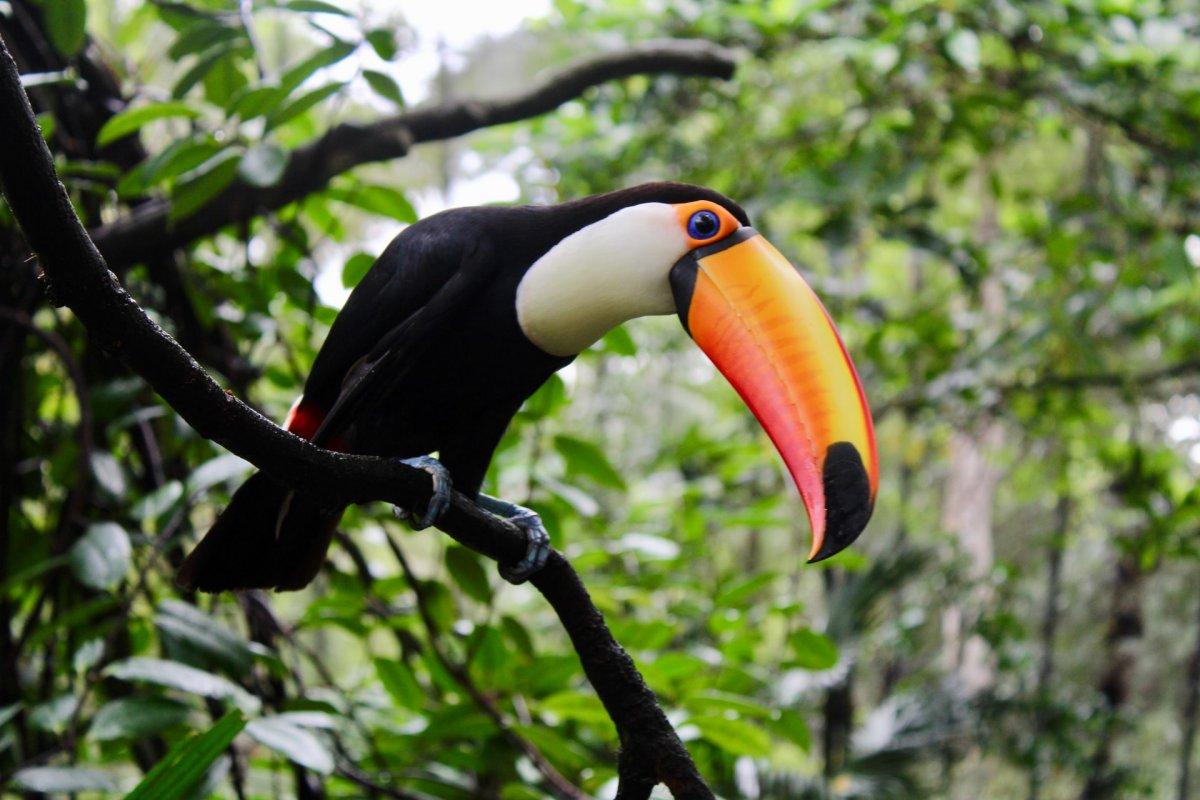
- Name: Toco toucan
- Scientific name: Ramphastos toco
- Conservation status:
The toco toucan, also known as the common toucan or the giant toucan, is the largest and most emblematic species of toucan. It can be found in central and eastern parts of South America and inhabits semi-open habitats like savanna, woodland, and wooded gardens. Opposite to most other toucans, it does not live in the forest.
If this toucan looks familiar to you, it’s because it is one of the most popular zoo birds. With its spectacularly large beak and vibrant colors, the toco toucan is a crowd’s favorite.
25. Black-necked aracari
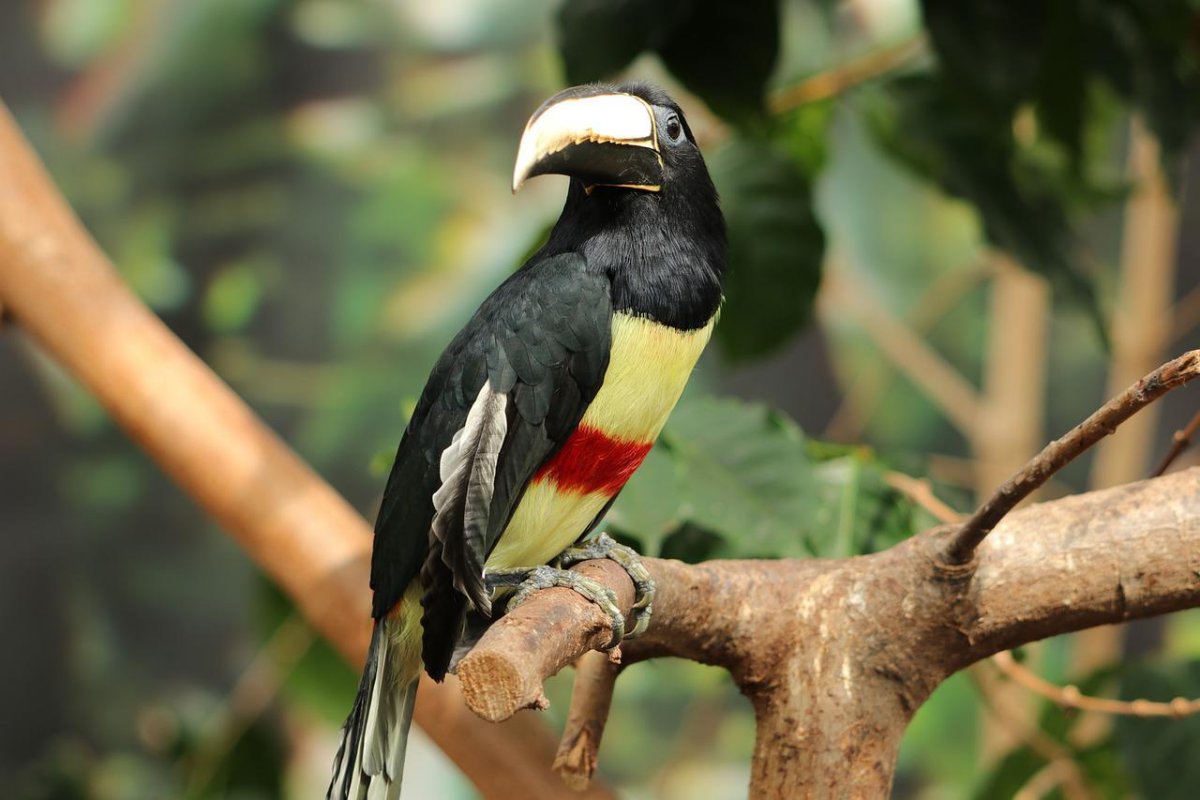
- Name: Black-necked aracari
- Scientific name: Pteroglossus aracari
- Conservation status:
As I told you, the toco toucan is by far the most famous toucan in the world, but it is not the only one in its family. The black-necked aracari is another species of toucan that lives in Brazil, Guyana, Venezuela, Suriname, and French Guiana.
With most of its plumage being black, it has a red-striped yellow chest and a long yellow and black beak. It inhabits tropical or subtropical forests.
26. Greater rhea
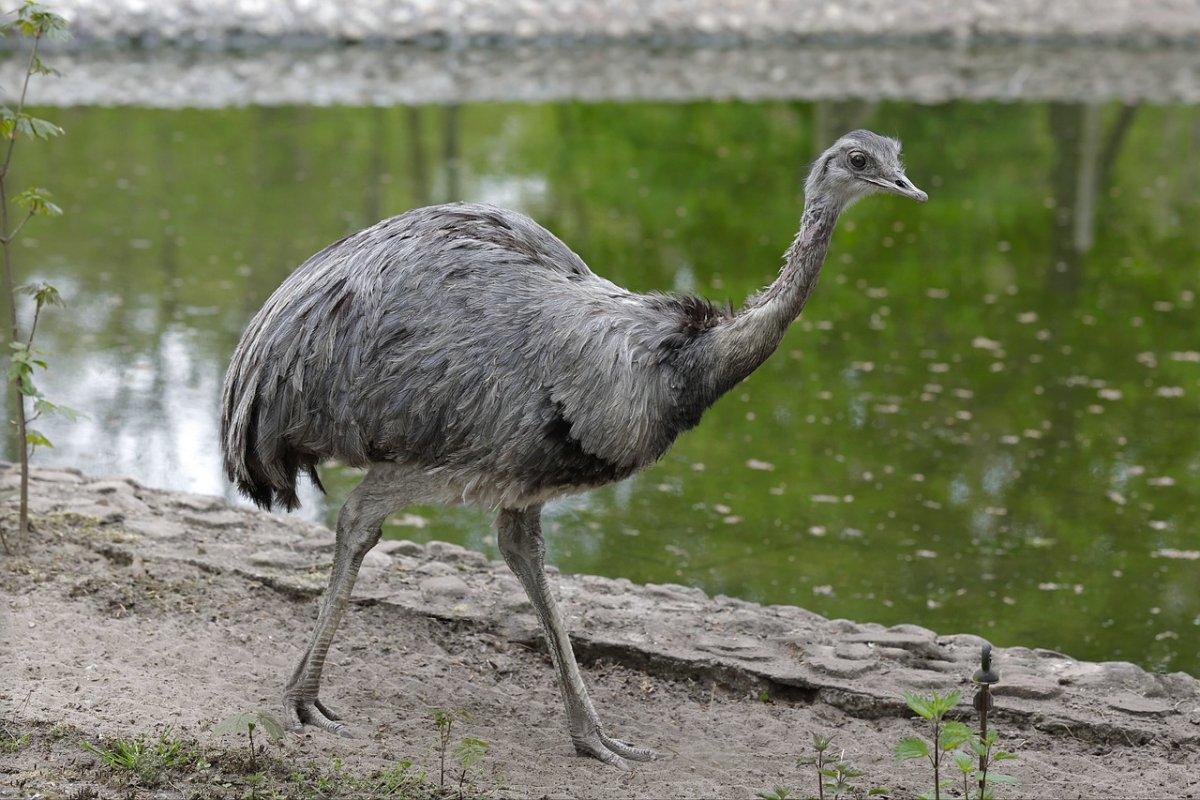
- Name: Greater rhea
- Scientific name: Rhea americana
- Conservation status:
Maybe you did not expect a species of ostrich in a country like Brazil, but the greater rhea is one of them. It is a flightless bird native to eastern South America, and inhabits open areas, from grasslands to savannas.
It is the largest bird in South America and the largest native bird in the Americas. Its global population is on the decline due to hunting and habitat conversion due to agricultural expansion. Because of this, it is considered near threatened.
27. White-vented violetear
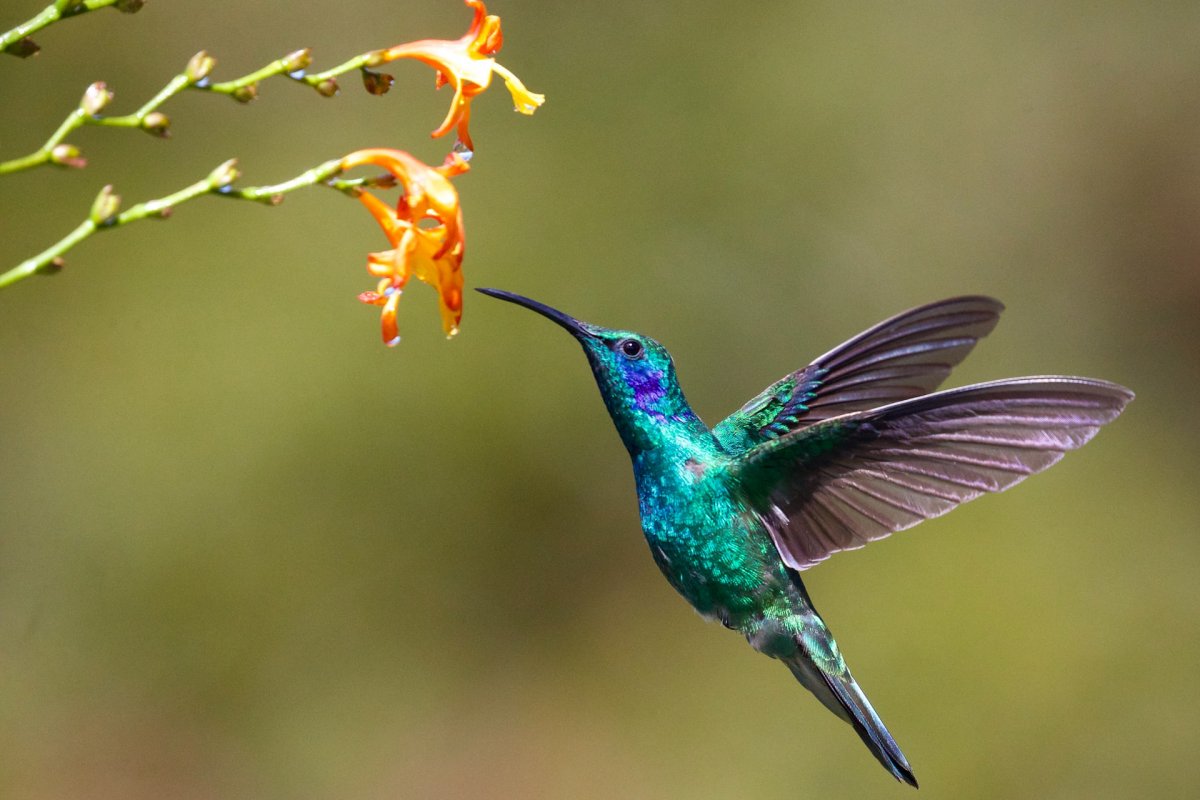
- Name: White-vented violetear
- Scientific name: Colibri serrirostris
- Conservation status:
Hummingbirds are very interesting creatures. There are around 360 species of them, and the vast majority can be found in the tropics. They are small birds that can reach up to 23 cm / 9.1 in (for the giant hummingbird) and that feed on flower nectar, spiders, and flying insects. They got their name from the sound their beating wings make.
The white-vented violetear is one species of hummingbird that can be found in Brazil. It inhabits tropical and subtropical dry forests and savannas.
28. Roadside hawk
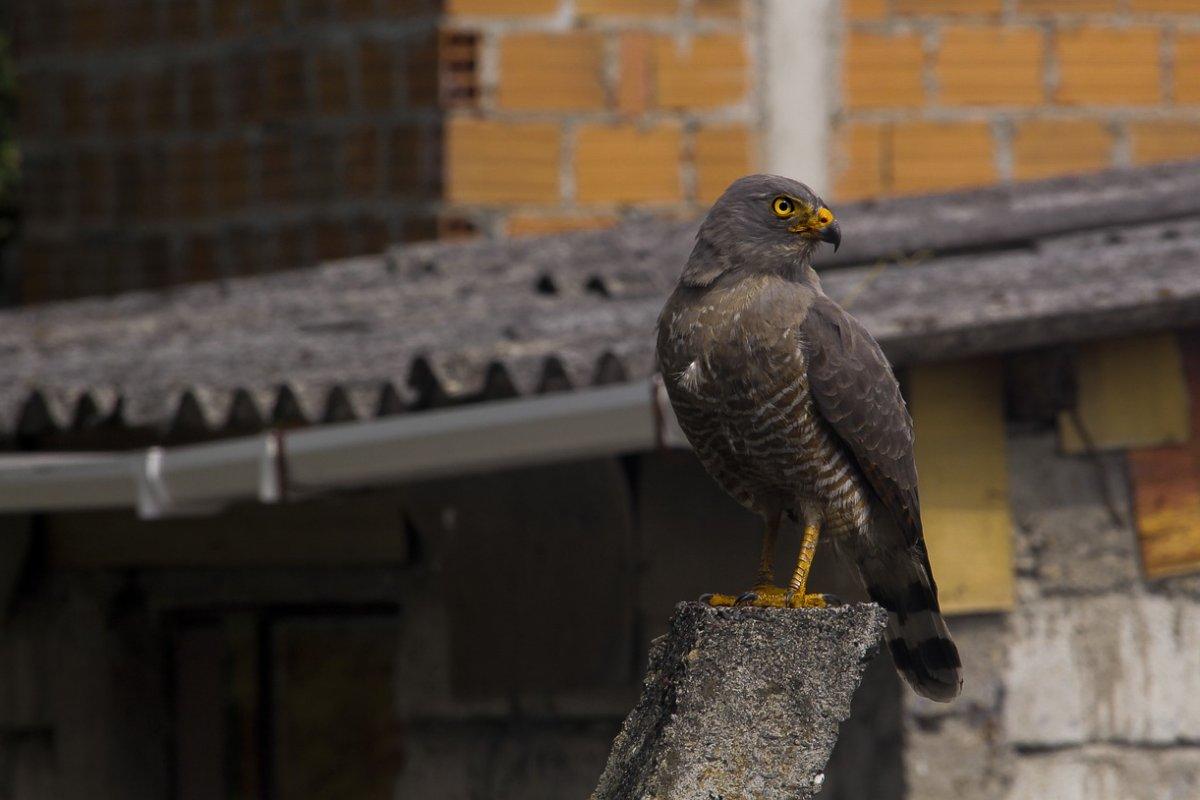
- Name: Roadside hawk
- Scientific name: Rupornis magnirostris
- Conservation status:
The roadside hawk is a small species of bird of prey native to the Americas. It is the most common hawk in its range and is more vocal than other species. It can be found almost anywhere from Mexico to most of South America, east of the Andes mountain range.
This raptor mostly feeds on small monkeys, small mammals, and insects. Occasionally, it will also prey on small birds.
29. Yacare caiman
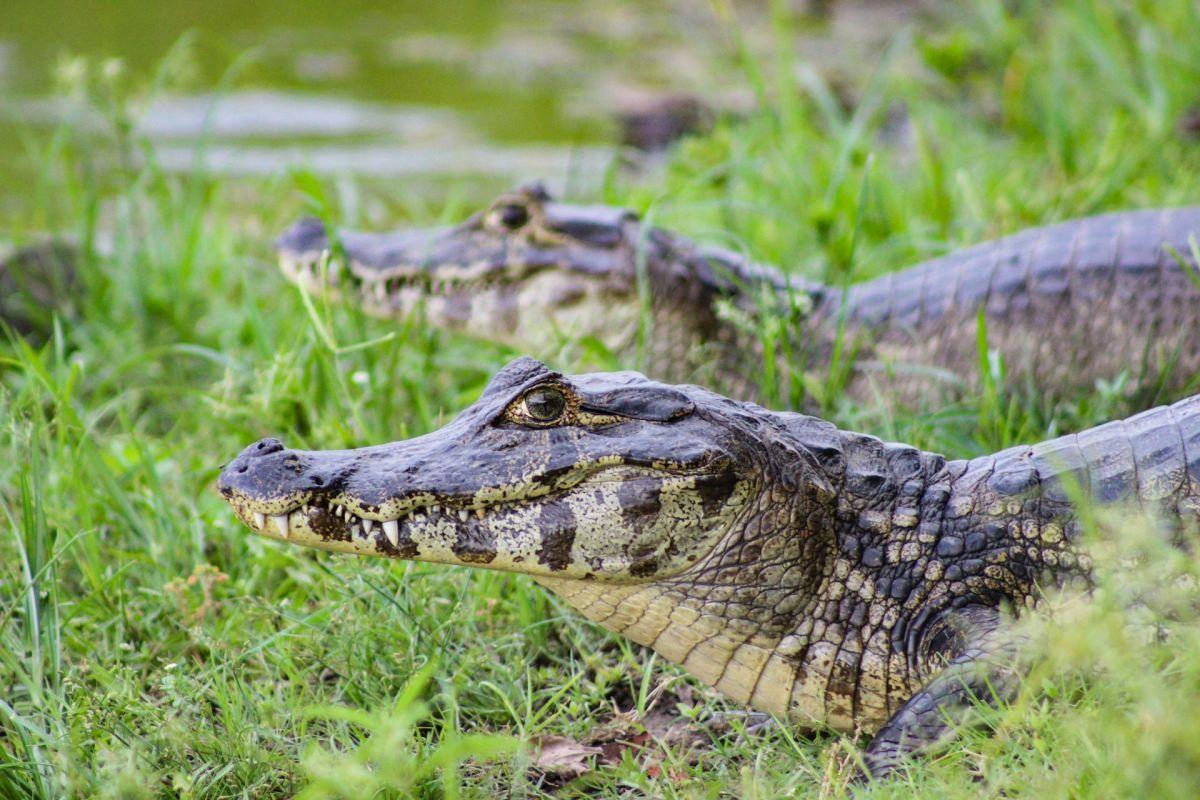
- Name: Yacare caiman
- Scientific name: Caiman yacare
- Conservation status:
The yacare caiman, also known as the Spanish yacaré, the piranha caiman, the southern spectacled caiman, or the red caiman, is a species of crocodilian native to Brazil, Argentina, Paraguay, and Bolivia.
Like other species of caiman, it lives in semi-aquatic habitats such as wetlands, lakes, and rivers. It feeds on aquatic animals, snakes, and capybaras. The juveniles can be eaten by herons and storks, which is why they hide in the grasses during the daytime.
30. Fer-de-lance
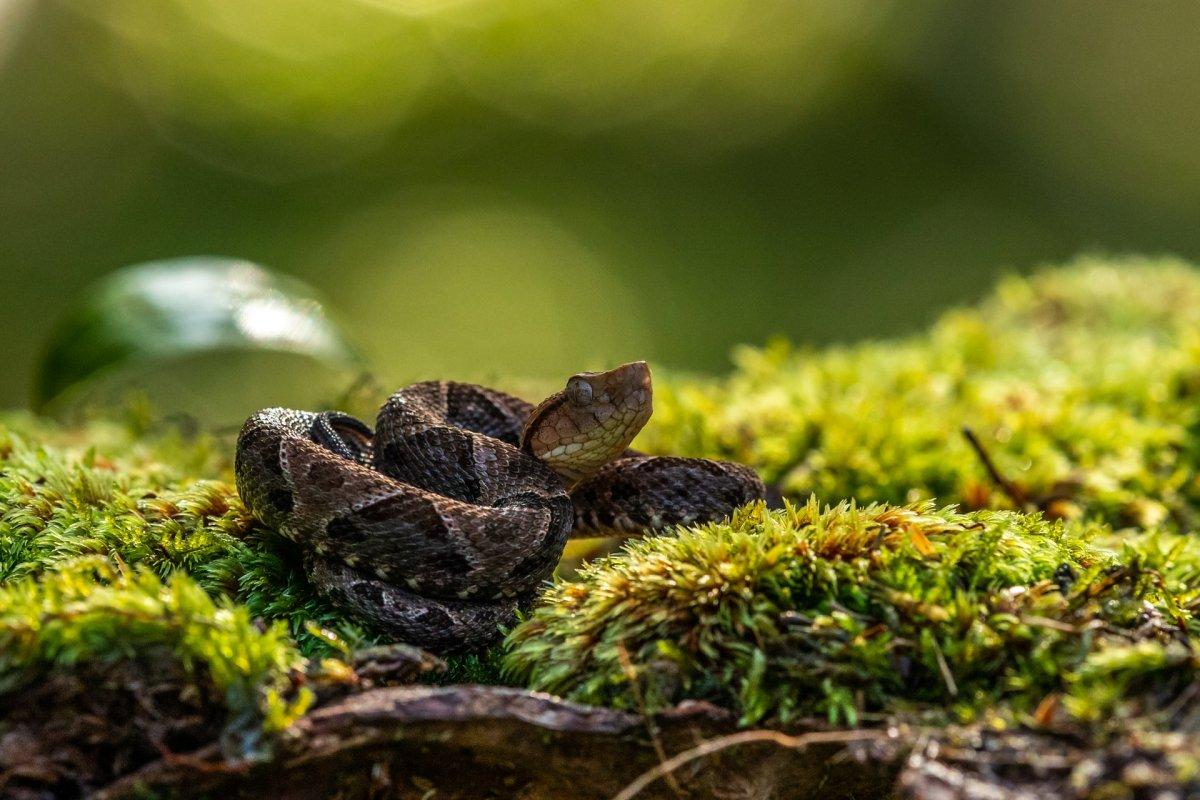
- Name: Fer-de-lance
- Scientific name: Bothrops atrox
- Conservation status:
The fer-de-lance, also known as the common lancehead, is an extremely venomous species of pit viper that inhabits tropical lowlands. It lives in the northern part of South America.
This pit viper is terrestrial, but can also swim… and climb trees! It is nocturnal and mostly feeds on small mammals, frogs, lizards, other snakes, tarantulas, and birds. As for larger prey, the fer-de-lance strikes and releases it, before tracking it down thanks to its scent trail.
31. Green iguana
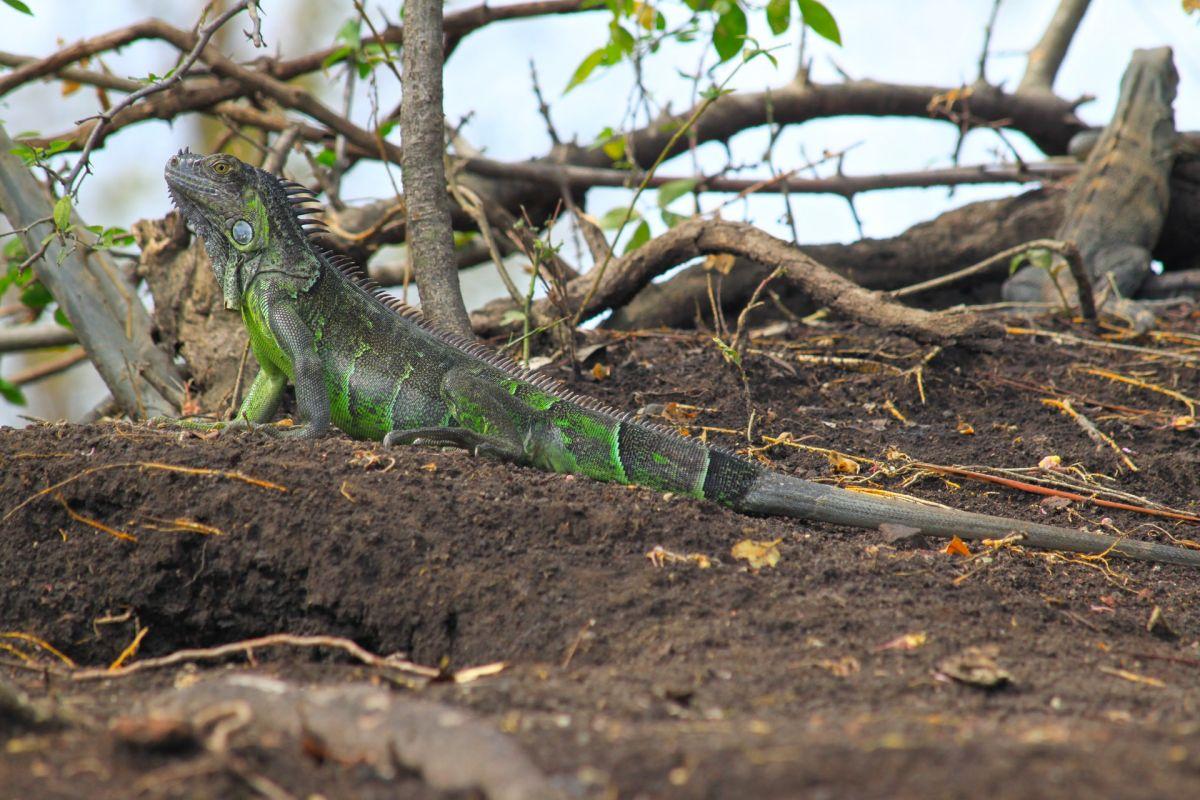
- Name: Green iguana
- Scientific name: Iguana iguana
- Conservation status:
The green iguana, also known as the common green iguana or the American iguana, is a large species of arboreal iguanas native to South America. It is usually simply called the iguana due to its worldwide popularity.
This iguana represents almost half of the total reptile trade in the United States, and it is often kept as an exotic pet due to its calm behavior.
32. Yellow-banded poison dart frog
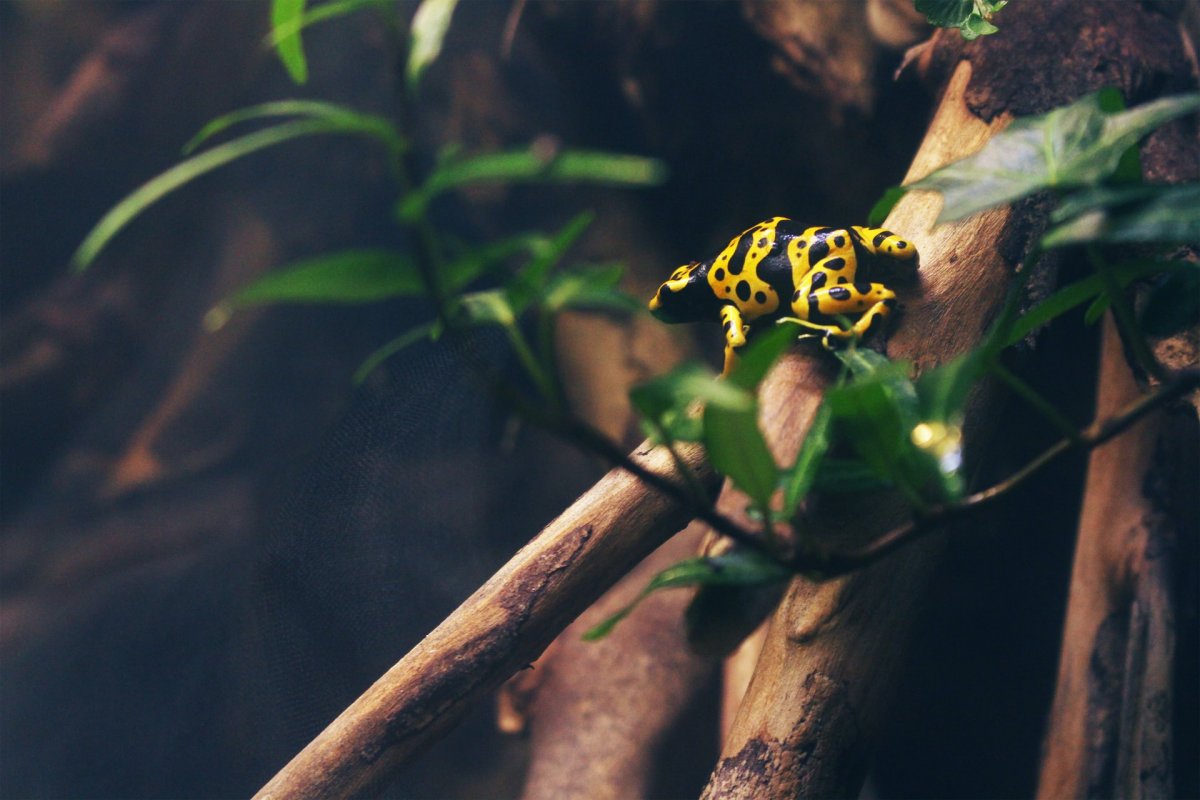
- Name: Yellow-banded poison dart frog
- Scientific name: Dendrobates leucomelas
- Conservation status:
Poison dart frogs are also iconic wild animals from South America. They are renowned for their very bright colors and their extremely dangerous poison, one of the most murderous toxins on the planet.
The yellow-banded poison dart frog is one of them. It is found in Brazil, Colombia, and Guyana, in very humid parts of the tropical rainforest. It is active throughout the day and is strongly territorial. This poison dart frog lives in small groups and does not hesitate to attack other groups with surprising ferocity.
33. Brazilian wandering spider
- Name: Brazilian wandering spider
- Scientific name: Phoneutria bahiensis
- Conservation status:
Wandering spiders are species of spiders native to northern South America. They are also called banana spiders or armed spiders. Their name comes from the fact that they wander a lot on the jungle floor instead of laying and waiting on a web. They are active at night and hide in termite mounds during the day.
The Brazilian wandering spider is one of the most venomous animals on the planet. Its bite can cause intense pain, paralysis, asphyxiation, and death. Nothing to be ashamed of compared to snakes.
34. Anaxibia morpho
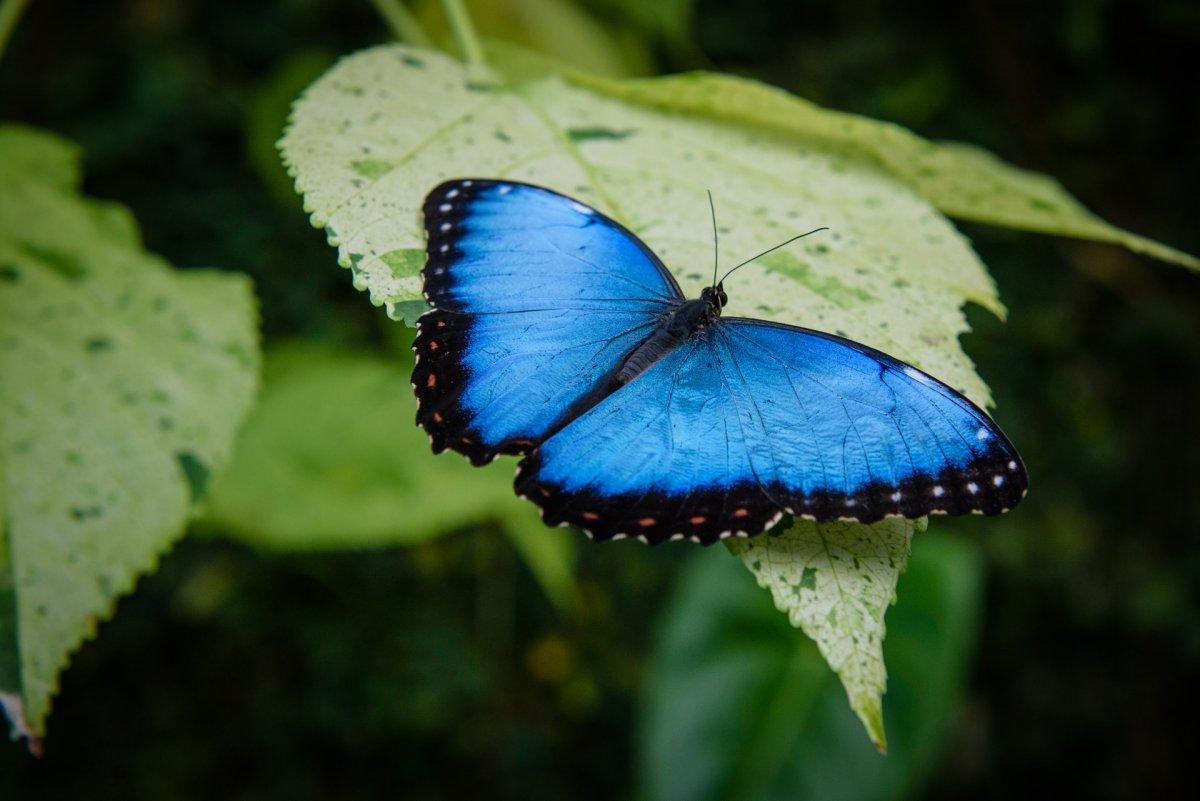
- Name: Anaxibia morpho
- Scientific name: Morpho anaxibia
- Conservation status:
The morpho butterflies are neotropical species of butterfly. They can mostly be found in Central and South America, as well as in Mexico. Most of them are colored in metallic shades of blues and greens.
The Anaxibia morpho is one of them, and it is native to Brazil. It was named after Anaxibia, the daughter of Bias and Iphianassa in Greek mythology. Her husband was Pelias, which gives his name to other morpho subspecies.
35. Short-eared dog
- Name: Short-eared dog
- Scientific name: Atelocynus microtis
- Conservation status:
The short-eared dog, also known as the short-eared zorro, the short-eared jackal, or the small-eared dog, is a species of canid endemic to the Amazonian basin. It is an elusive animal with short limbs and short and rounded ears. Its paws are partly webbed, which it can use in its partly aquatic habitat.
Its diet is mostly made of fish, small mammals, and insects. Sometimes, it will eat fruit, birds, crabs, frogs, and reptiles as well.
36. Oncilla
- Name: Oncilla
- Scientific name: Leopardus tigrinus
- Conservation status:
The oncilla, also known as the little spotted cat, the northern tiger cat, or the tigrillo, is a small wild cat native to Central America and northern South America, mostly Brazil. Its global population is threatened by agricultural expansion and deforestation, which is why it is considered vulnerable.
This cat is terrestrial but is also an excellent climber. It preys on small mammals, eggs, invertebrates, tree frogs, lizards, and birds.
37. Goliath birdeater
- Name: Goliath birdeater
- Scientific name: Theraphosa blondi
- Conservation status:
If you are scared of spiders, you might want to skip to number 38, because the Goliath birdeater is one scary species of tarantula. It is the second-largest spider in the world, after the giant huntsman spider.
Believe it or not, the Goliath birdeater is eaten by humans and is part of the local cuisine in the northeastern part of South America. It is said to taste like shrimps and is prepared roasted in banana leaves, with its urticating hairs singed off, of course.
38. Pirarucu
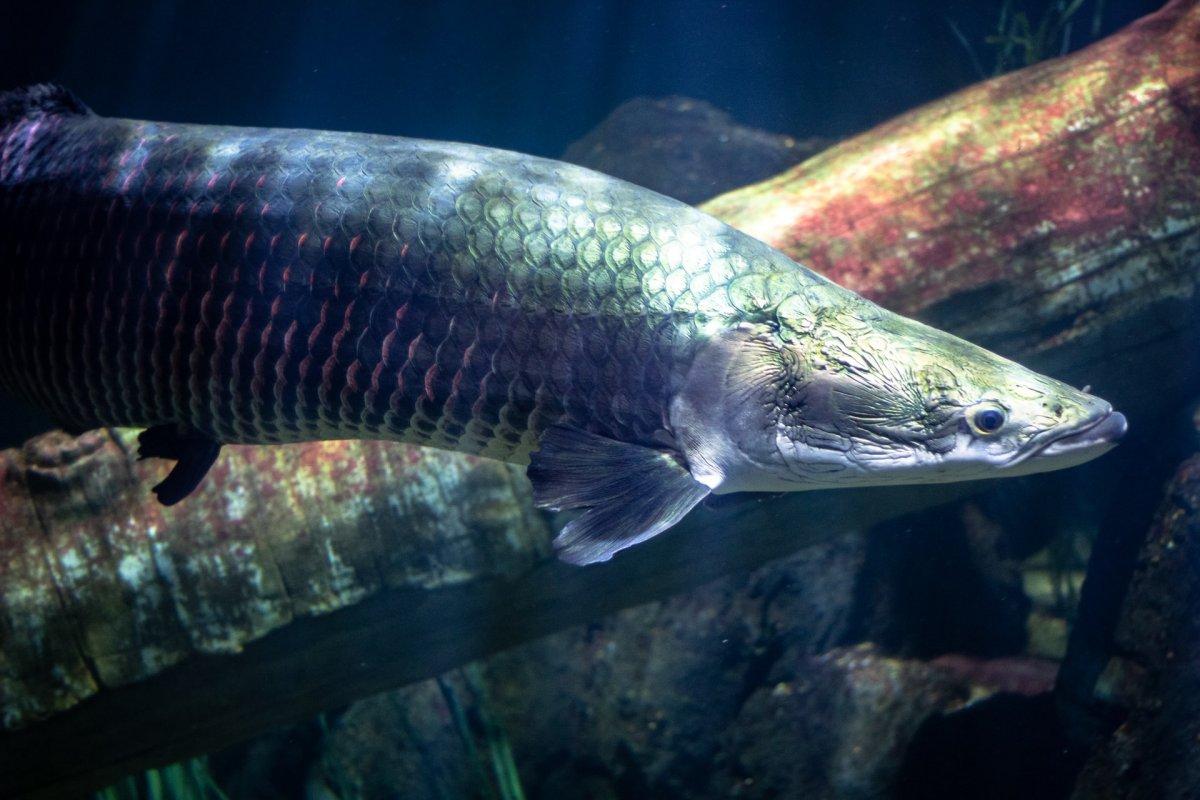
- Name: Pirarucu
- Scientific name: Sudis gigas
- Conservation status:
The pirarucu, also known as the paiche or the arapaima, is one of the largest species of freshwater fish in the world. It can reach as much as 3 m / 9.8 ft in length and is an important food fish in local cuisine.
Sadly, the pirarucu is threatened by overfishing and habitat loss. It is exploited by local human populations for its tongue, scales, and flesh. It is said that two men drowned because of the pirarucu in Malaysia in 2009.
39. White-eared opossum
- Name: White-eared opossum
- Scientific name: Didelphis albiventris
- Conservation status:
The white-eared opossum, also known as the timbu in Brazil and the comadreja overa in Argentina, is a species of opossum that can be found in Brazil, Argentina, Bolivia, Paraguay, and Uruguay. It is terrestrial and arboreal and inhabits a large variety of areas.
It majorly feeds on invertebrates like beetles, but also fruit, small birds, fish, and mammals. It also plays an important role in seed dispersal, from a very young age. Younger opossums spread smaller seeds than older individuals, but they disperse more of them.
40. Little White-shouldered bat
- Name: Little White-shouldered bat
- Scientific name: Ametrida centurio
- Conservation status:
There are lots of bats in Brazil, and the little white-shouldered bat is one of them. It can be found in northwestern South America, and is the only species of its genus “Ametrida”, which means “destroyer” or “reaper”.
This bat lives in swamps and forests and feeds on fruit. Its brain is unusually small compared to other close species. Its name comes from the spot of pure white fur on its shoulders, near the base of its neck.
41. Goeldi’s marmoset
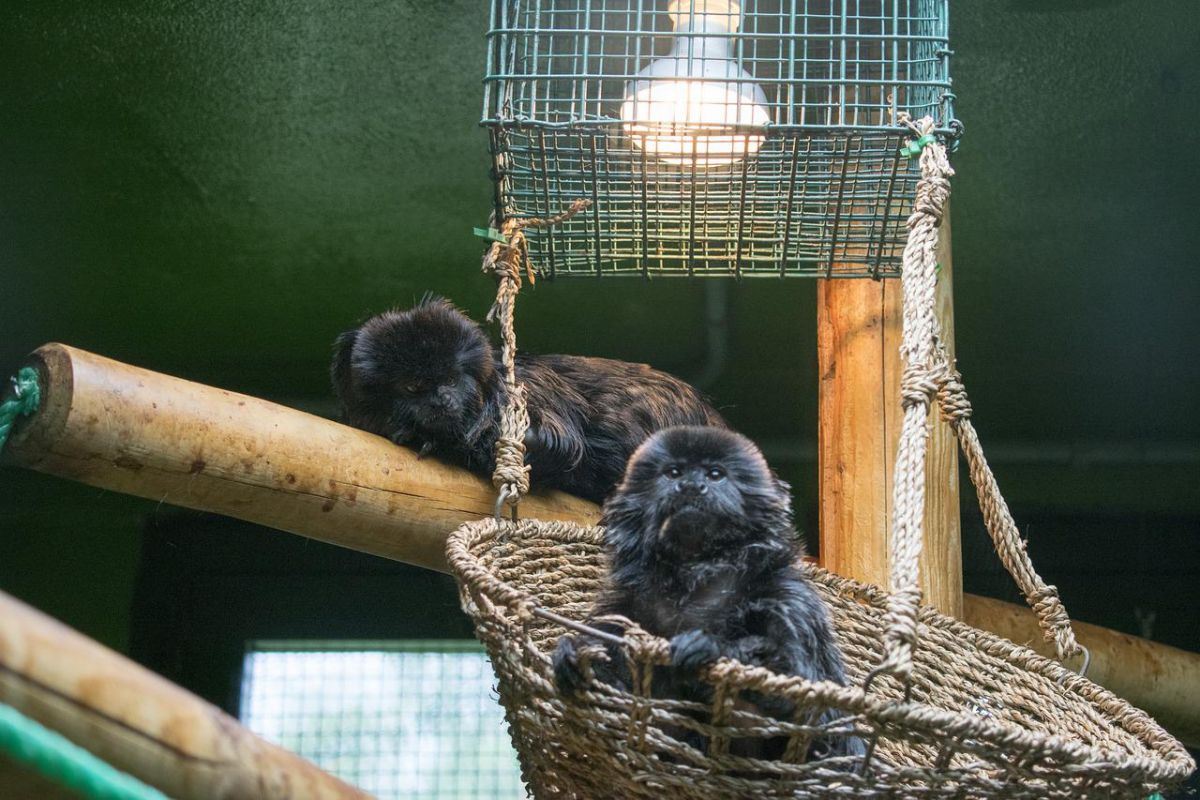
- Name: Goeldi’s marmoset
- Scientific name: Callimico goeldii
- Conservation status:
The Goeldi’s marmoset is one of the many species of primates that inhabit the Amazon rainforest. It is native to Brazil, Bolivia, Colombia, Ecuador, and Peru.
This monkey is black or blackish-brown in color, and it can have white, brown, or red highlights on its tail. It is quite rare and listed as vulnerable. It lives in separated groups and feeds on fruit, insects, lizards, spiders, frogs, and snakes.
42. Horned screamer
- Name: Horned screamer
- Scientific name: Anhima cornuta
- Conservation status:
The horned screamer is a species of bird native to tropical South America. Even though it was known in the 17th century, it was officially described by Swedish naturalist Carl Linnaeus in 1766.
Though its bill is small and chicken-like, the horned screamer has a large body of around 3.5 kg / 7.7 lb. It gets its name from its call, a very loud and echoing sound.
43. Southern right whale
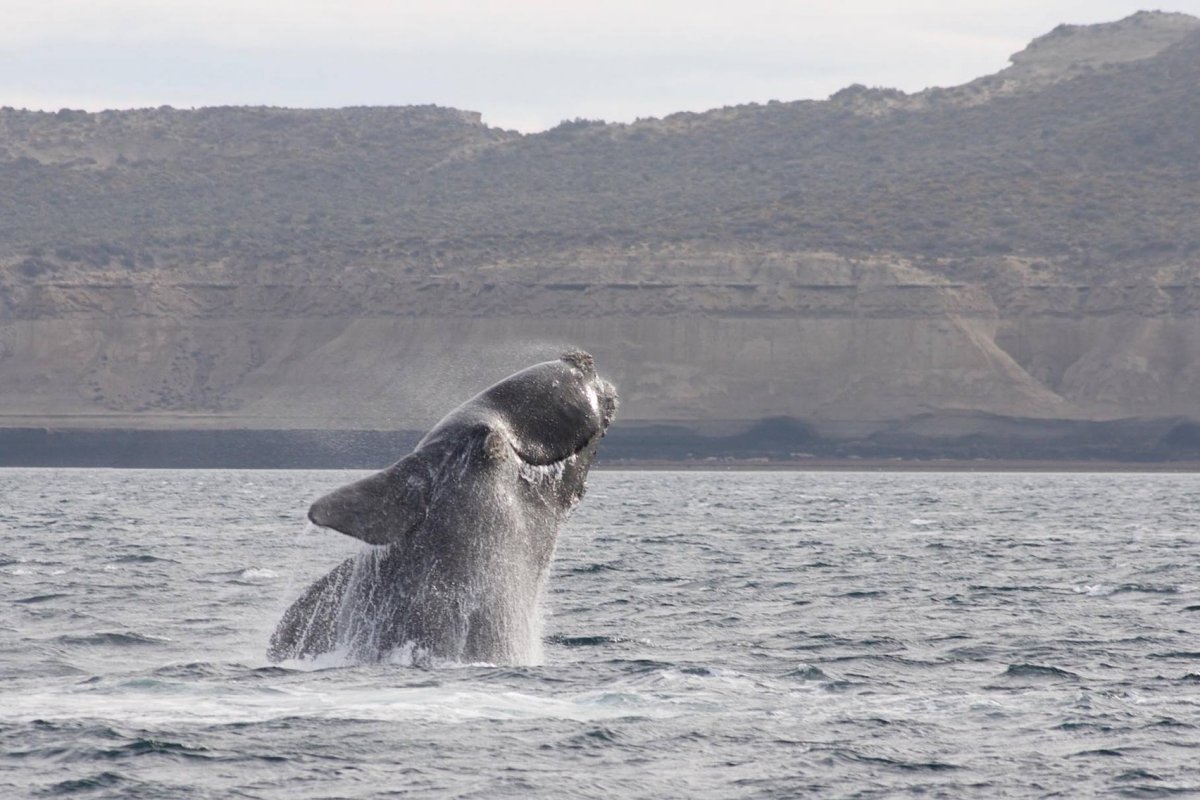
- Name: Southern right whale
- Scientific name: Eubalaena australis
- Conservation status:
Even though there are many interesting species within Brazil, some of them are also off the coast of the South American country.
The Southern right whale is a species of whale that can only be found in the southern half of the Southern Hemisphere. Its global population is estimated to be around 13,600. Like other whales, this animal feeds almost entirely on zooplankton, mainly krill. When eating, it swims just below the water’s surface and keeps its mouth partly open.
44. Amazon dwarf squirrel
- Name: Amazon dwarf squirrel
- Scientific name: Microsciurus flaviventer
- Conservation status:
The Amazon dwarf squirrel is probably one of the least scary and smallest on this animals of Brazil list. It is a chipmunk-sized tree squirrel native to South America, and it inhabits the upper Amazon Basin. It was found at an elevation of up to 2,000 m / 6,600 ft.
It lives on all levels of the forest, from the ground to the tree canopy, and feeds on tree bark, fungi, and arthropods. It jumps from branch to branch and is an agile arboreal squirrel.
45. Giant anteater
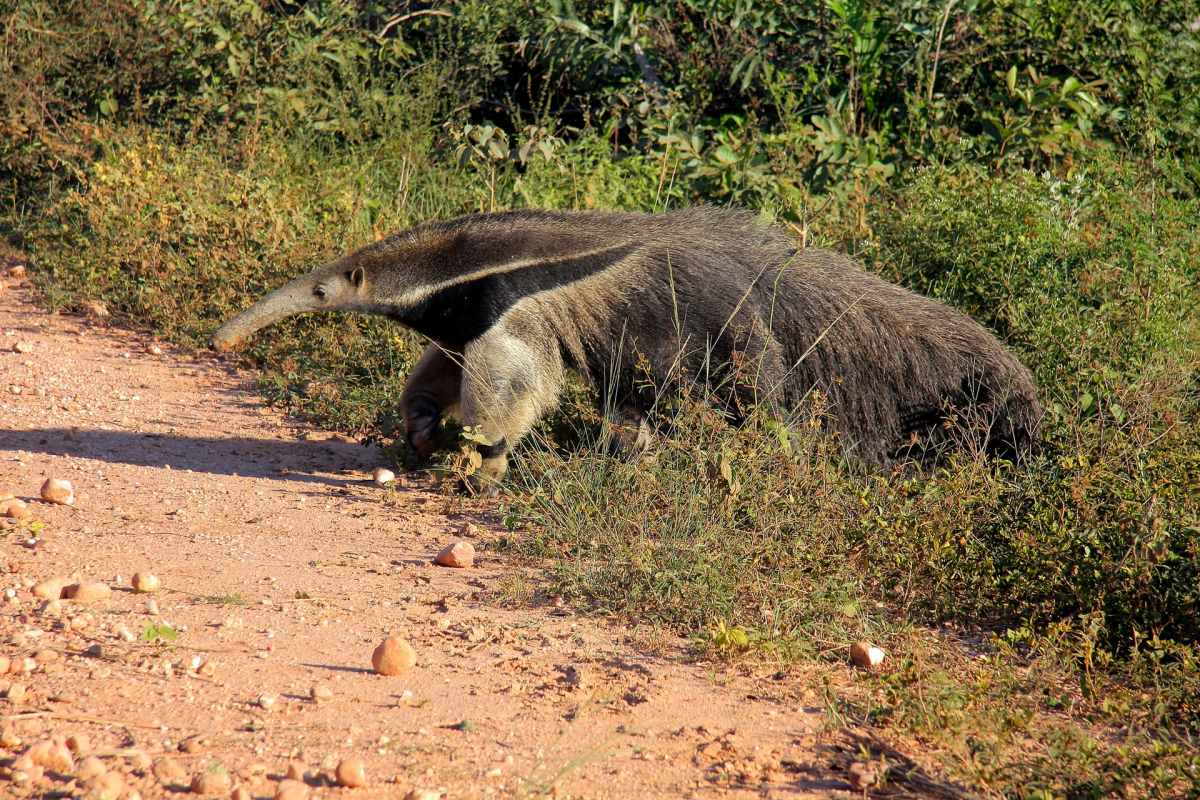
- Name: Giant anteater
- Scientific name: Myrmecophaga tridactyla
- Conservation status:
The giant anteater, also known as the ant bear, is a very large insectivorous mammal that can be found in both Central and South America. It is one of four species of anteaters and is the biggest of its family, hence its name.
It has been extirpated from lots of parts of its former range and is now considered a vulnerable species. The giant anteater is seriously threatened by habitat loss, poaching for fur, and fire. For this, some protected areas were created.
46. Guira cuckoo
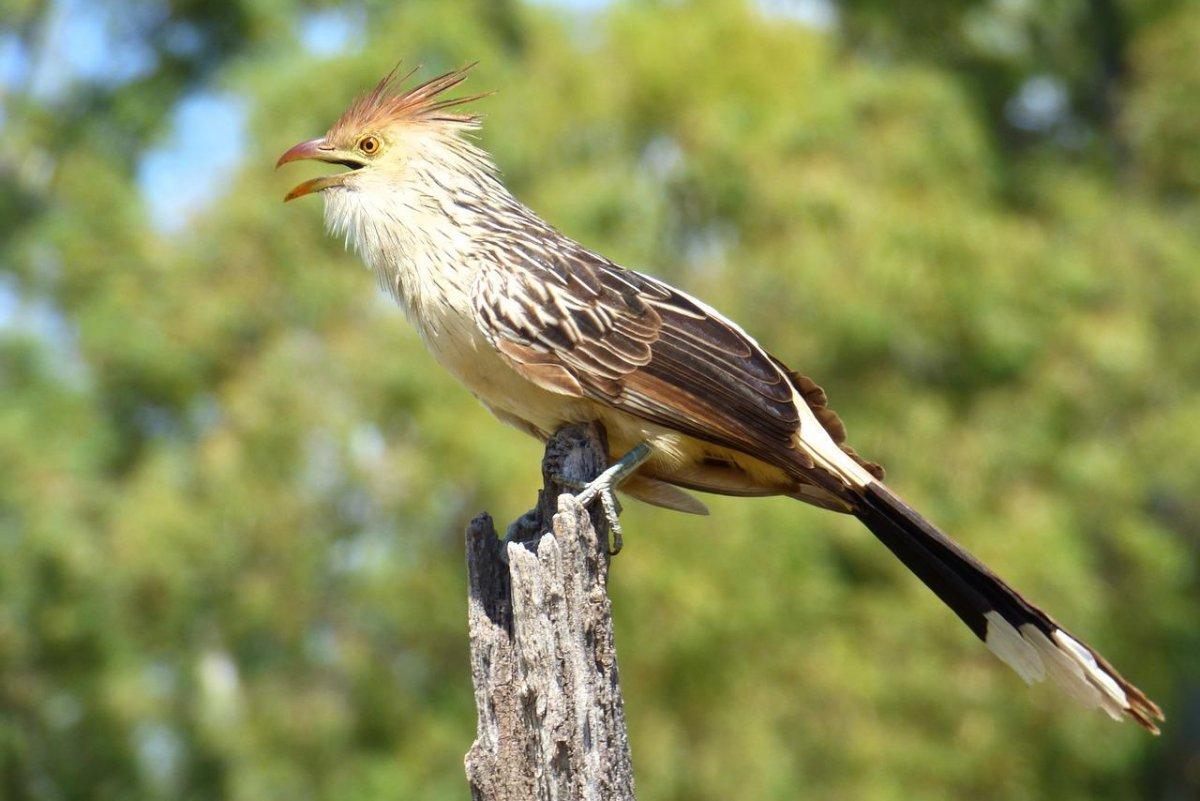
- Name: Guira cuckoo
- Scientific name: Guira guira
- Conservation status:
The guira cuckoo is a species of bird that can be found in open and semi-open-habits in eastern and southern parts of Brazil, Argentina, Bolivia, Paraguay, and Uruguay.
Female guira cuckoos are slightly larger than males, but both look alike. This bird is actually taking advantage of deforestation, and its range has now significantly expanded. It is usually seen on a perch and flying on short distances. It also has a loud vocalization.
47. Bald uakari
- Name: Bald uakari
- Scientific name: Cacajao calvus
- Conservation status:
The bald uakari, also known as the bald-headed uakari, is a species of small New World monkey with a very short tail. Its face is also very bright, bald, and crimson-colored. It has a long and dense orange to brown coat and lives in wooded habitats near bodies of water. It can be found in the western Amazon, in both Brazil and Peru.
The bald uakari’s population has decreased by around 30 percent in the past 30 years, mostly due to hunting and habitat loss.
48. Dusicyon avus
- Name: Dusicyon avus
- Scientific name: Dusicyon avus
- Conservation status:
Dusicyon avus is our one and only extinct species on this list, but it is not the only one in Brazil. It was a medium-sized species of canid, about the same size as a German shepherd. It disappeared around 400 years ago.
This canid was found in the Pampas and Patagonia in the southern and central parts of South America. It was a carnivorous animal that used to feed on small mammals and scavenge on large carcasses.
49. Tayra
- Name: Tayra
- Scientific name: Eira barbara
- Conservation status:
The tayra is a species of weasel native to the Americas. It can be found from Central America to southern Brazil.
It is an opportunistic omnivore that can feed on anything from rodents and small mammals, to fruit, honey, birds, and lizards. It is also an expert climber that uses its long tail for balance. The tayra’s home range is relatively large, up to 24 km² / 9.3 sq mi, and it lives in burrows in the ground or hollow trees.
50. Common dolphin

- Name: Common dolphin
- Scientific name: Delphinus delphis
- Conservation status:
Last but not least, the common dolphin is one of the most emblematic animals of tropical seas. It was described during Ancient Greece times, and was always a popular animal among humans.
It is the most widespread and common species of cetacean in the world, which is why it is considered of least concern. Nevertheless, it faces a lot of human-related threats, such as pollution and accidental fishing in industrial nets.
—
So there you have them, these were my 50 native animals of Brazil. I hope you enjoyed this list and that you learned something new today.
In case you want to learn more about animals in the country, feel free to keep reading, as I still have lots of things to tell you about:
Endangered Animals of Brazil
This is definitely the saddest part of the list, but it is very important to raise awareness. Because of this, let’s go through the list of endangered animals in Brazil.
Here are the animals in danger of extinction in Brazil.
- Alagoas curassow
- Spix’s macaw
- Alagoas foliage-gleaner
- Cryptic treehunter
- Candango mouse
- and 2 more…
- Itatiaia highland frog
- Southern muriqui
- Buffy-headed marmoset
- Pied tamarin
- Groves’ titi
- and 46 more…
- White-cheeked spider monkey
- Golden lion tamarin
- Lear’s macaw
- Minas gerais tyrannulet
- Slender antbird
- and 94 more…
To see the full list of endangered species in Brazil, head over to the International Union for Conservation of Nature’s Red List.
What is the National Animal of Brazil?
The national animal of Brazil is the rufous-bellied thrush.
With all the unique, dangerous, and spectacular wildlife Brazil has to offer, you might not expect such a classic little bird to be the national symbol of the country, but it is held in very high esteem there.
The rufous-bellied thrush is a songbird that can be found in the eastern and southeastern parts of Brazil, and its song can often be heard in the afternoons, mainly from August to November. It is known as the “spirit of the Brazilian commoner”.
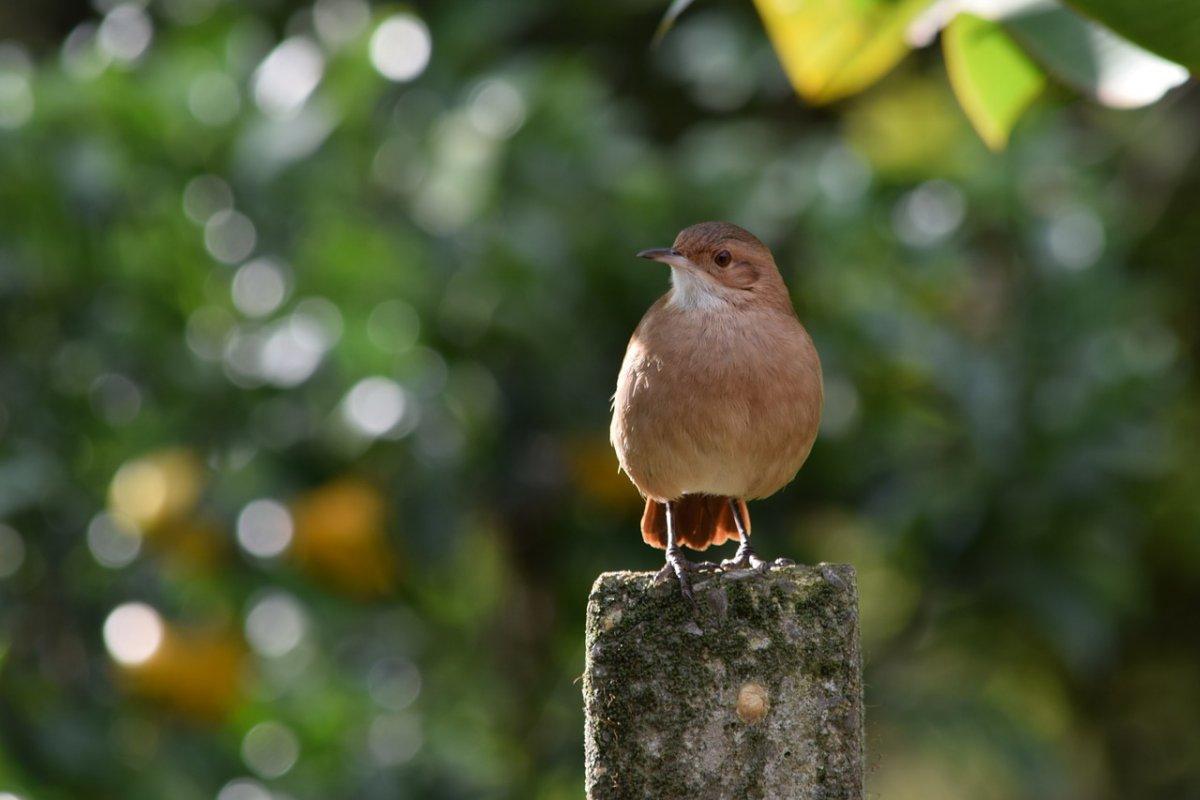
How Many Animals Native to Brazil?
What is the diversity of native animals in Brazil?
Let’s look at the total number of species of Chordata (mammals, birds, fishes, and reptiles).
Total number of animal species in Brazil: 5,868 (14,027 in total in South America)
More About Animals in the World!
Loved these facts about the Brazilian wildlife? Want to see what animals live in other countries?
Then check out these posts:
Or click here to see ALL the facts up on the blog! Spoiler alert: there’s A LOT of them.
Share the knowledge! Click on the buttons below to share information about these famous animals in Brazil with your friends, and help them learn more about the world 🙂
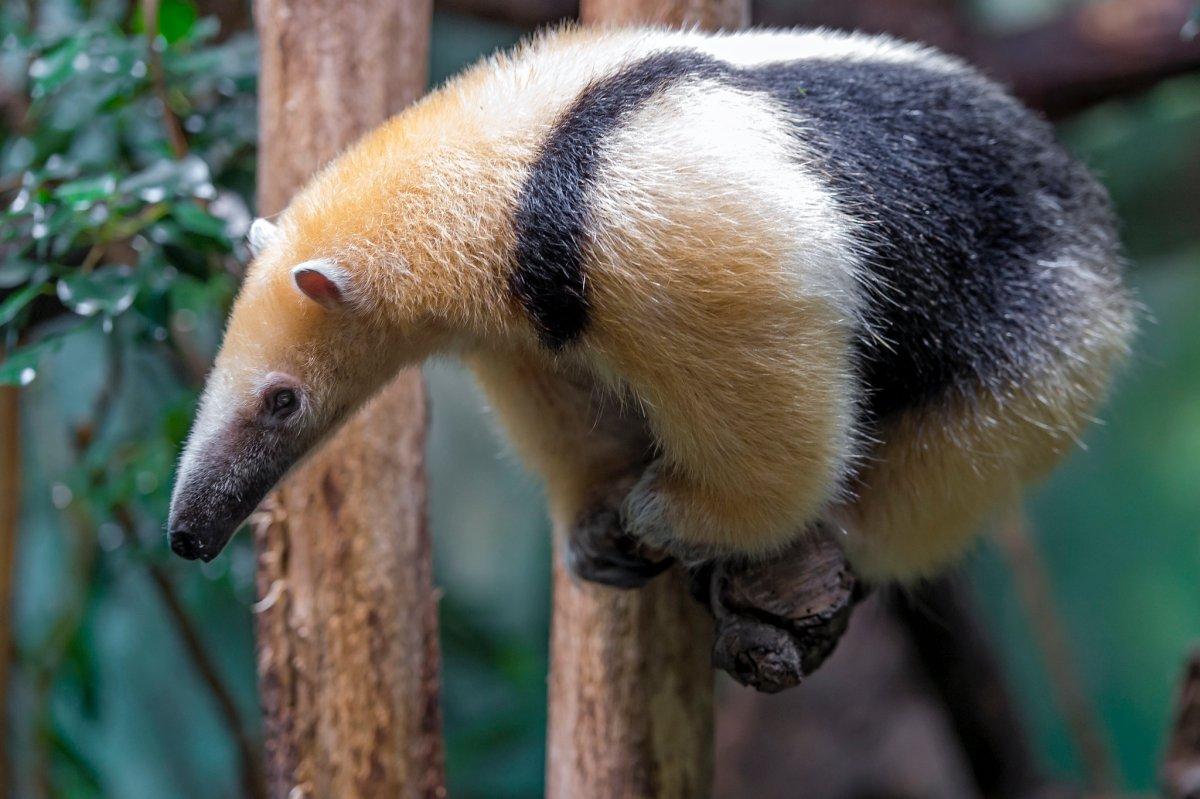
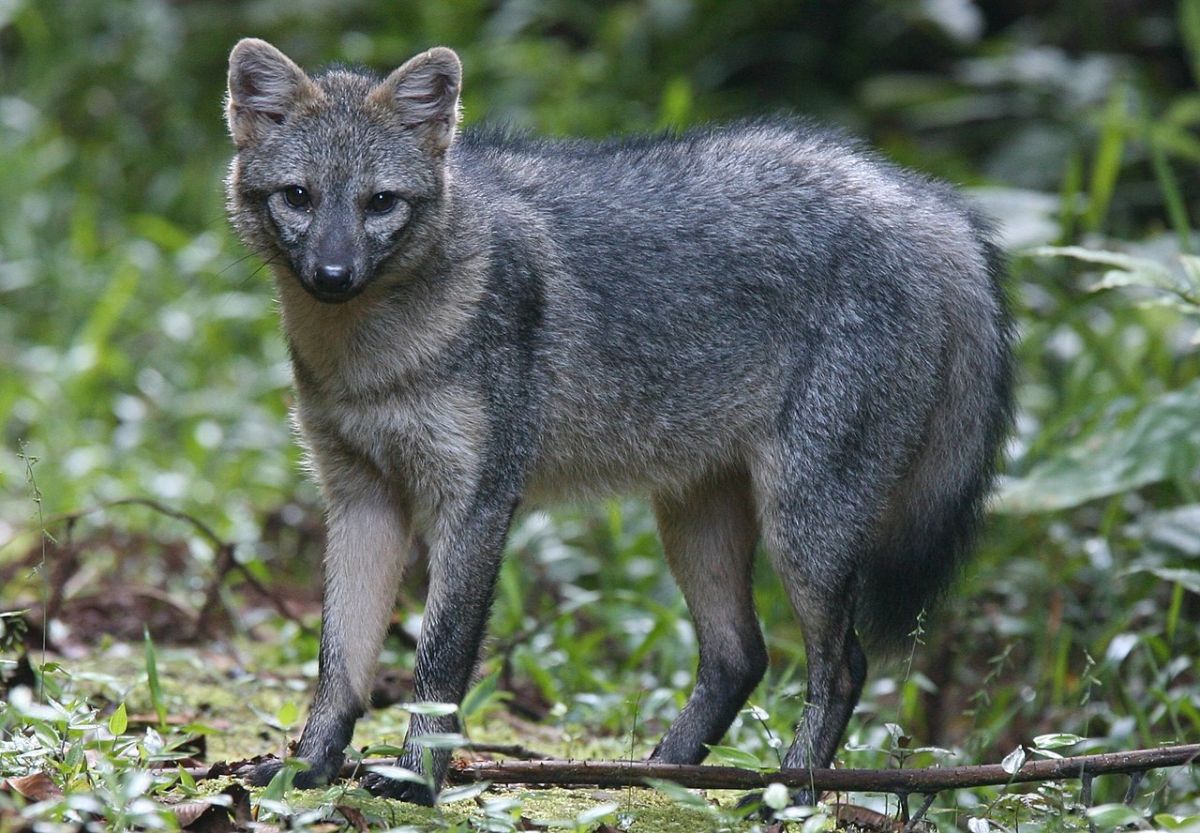
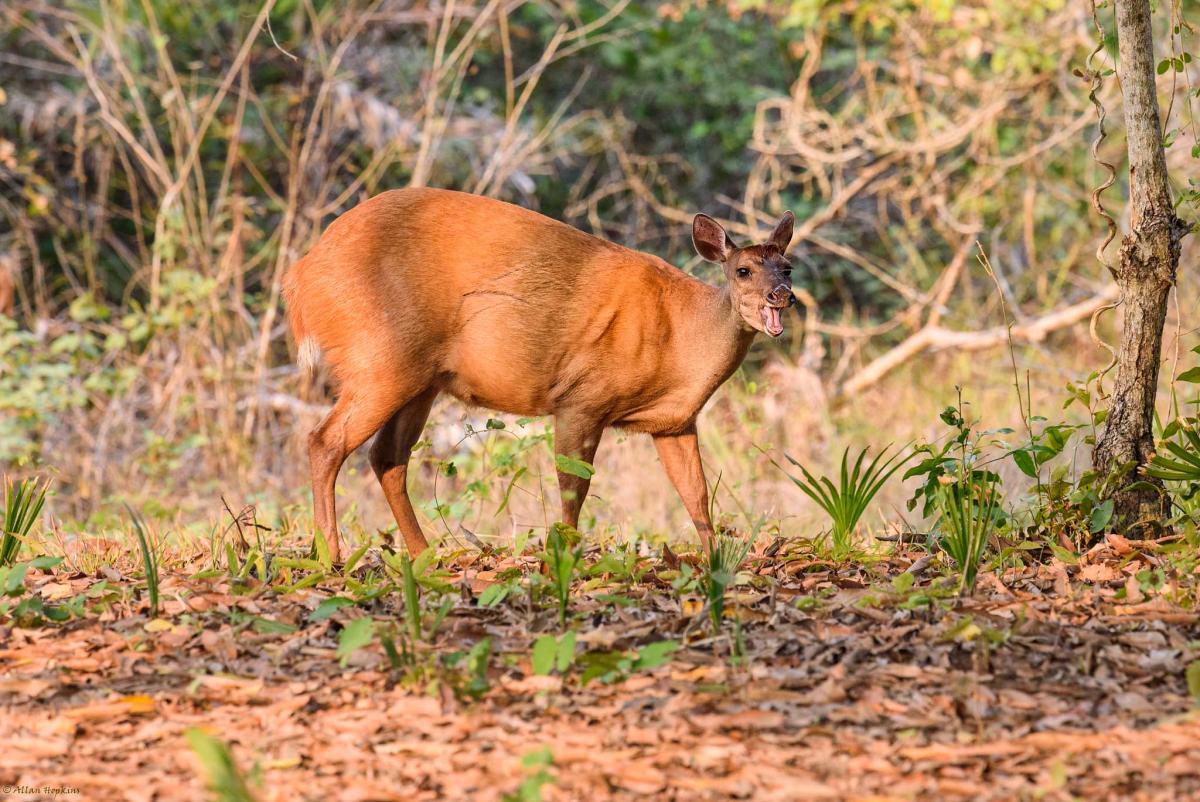
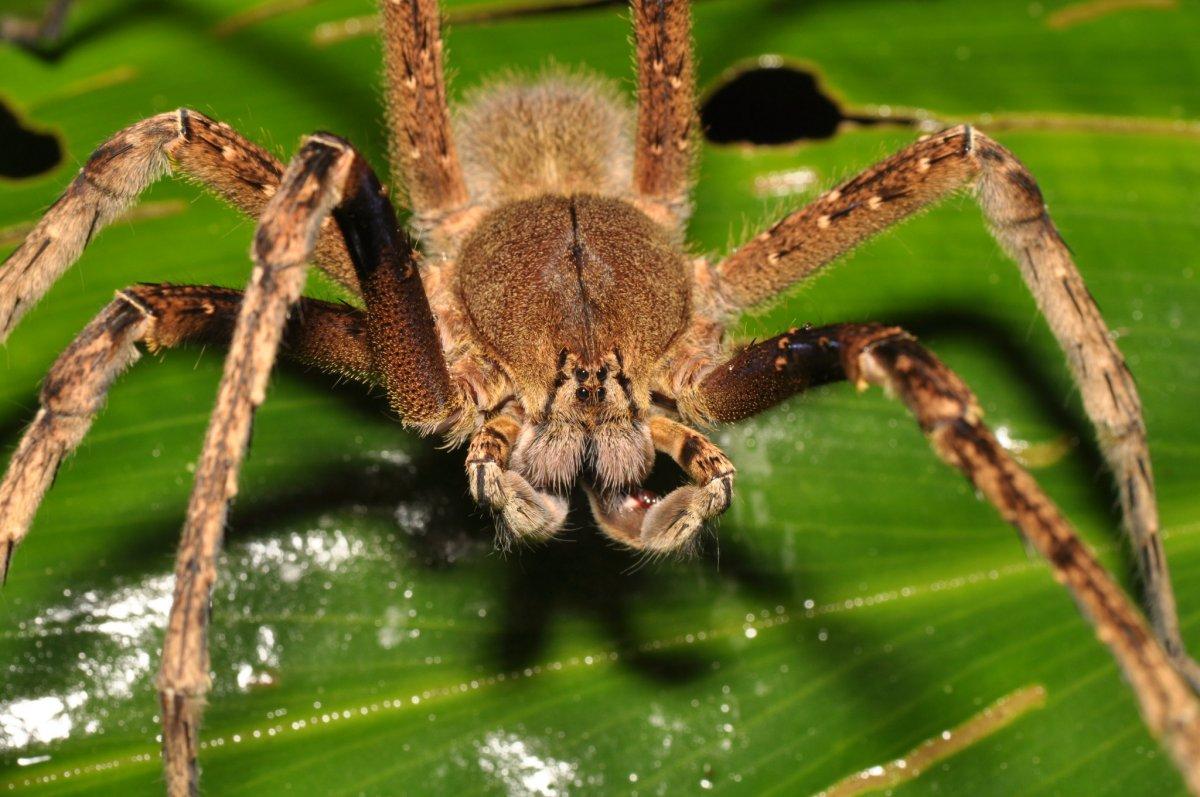
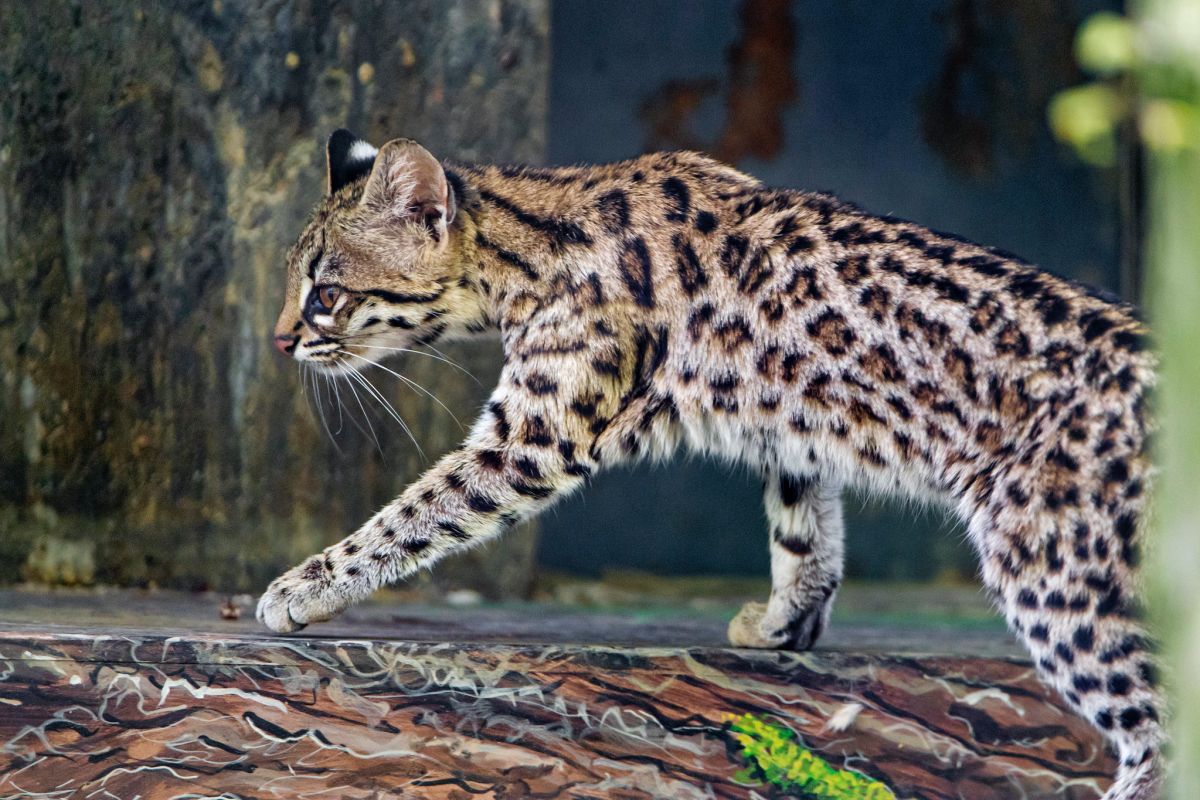
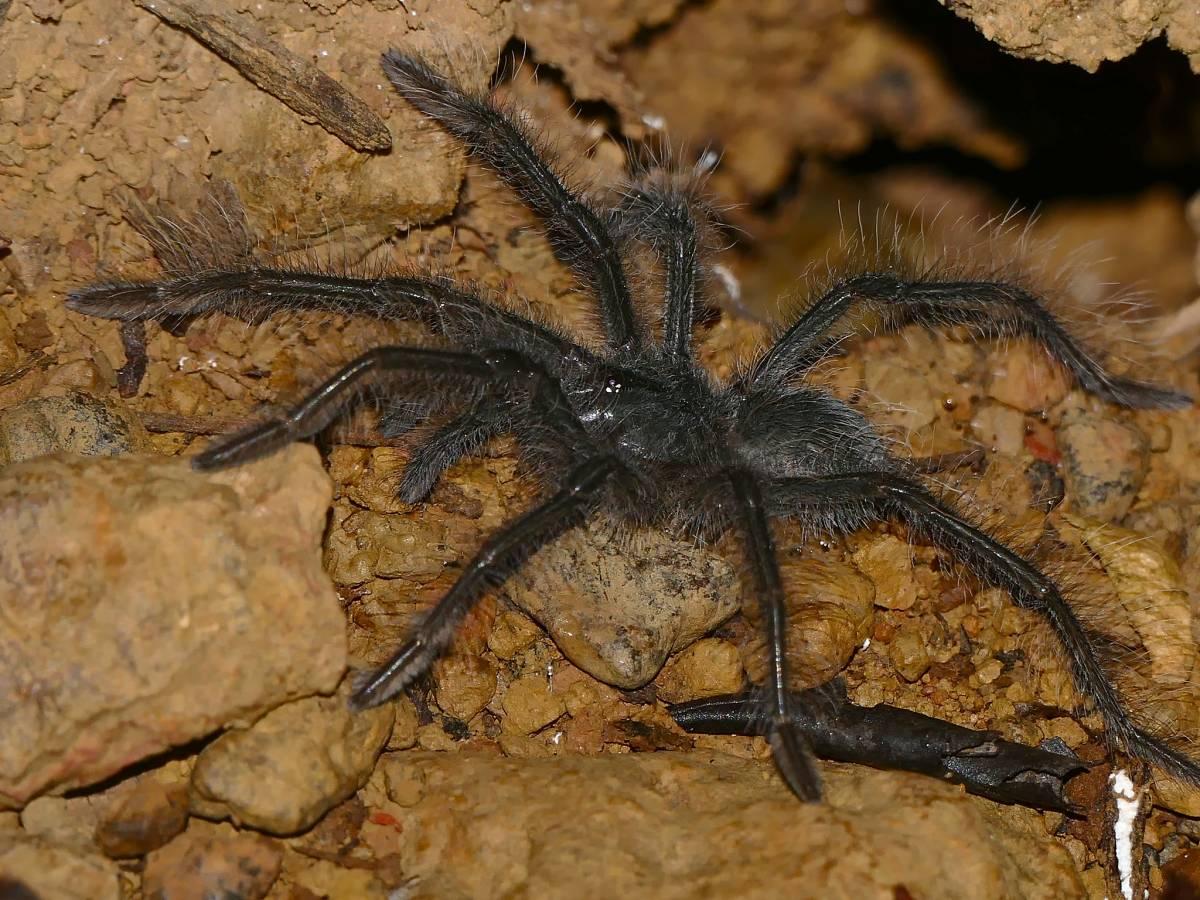
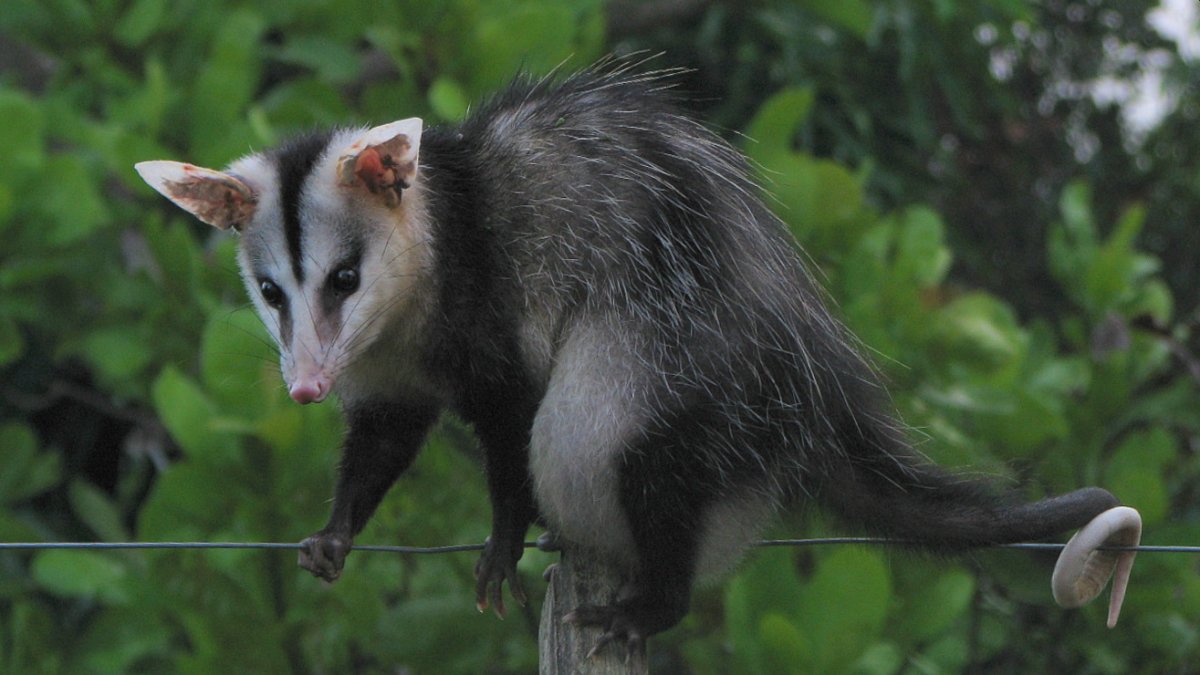
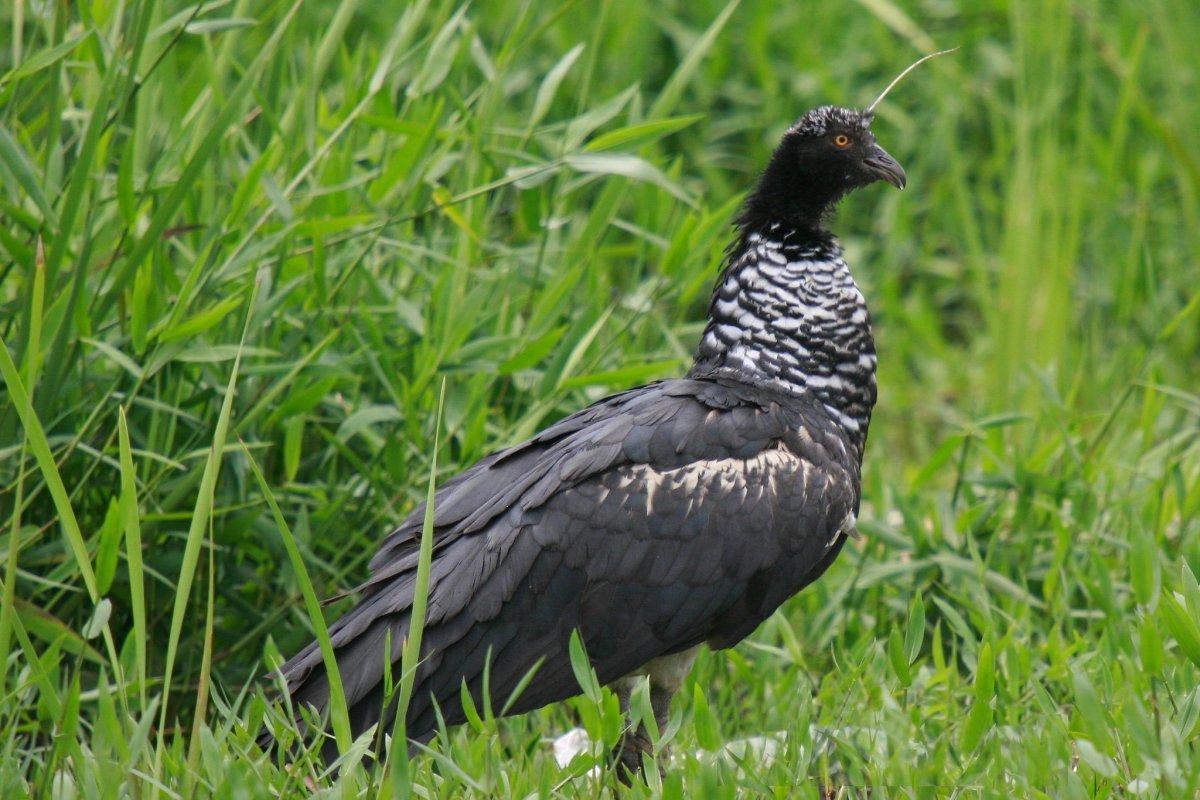
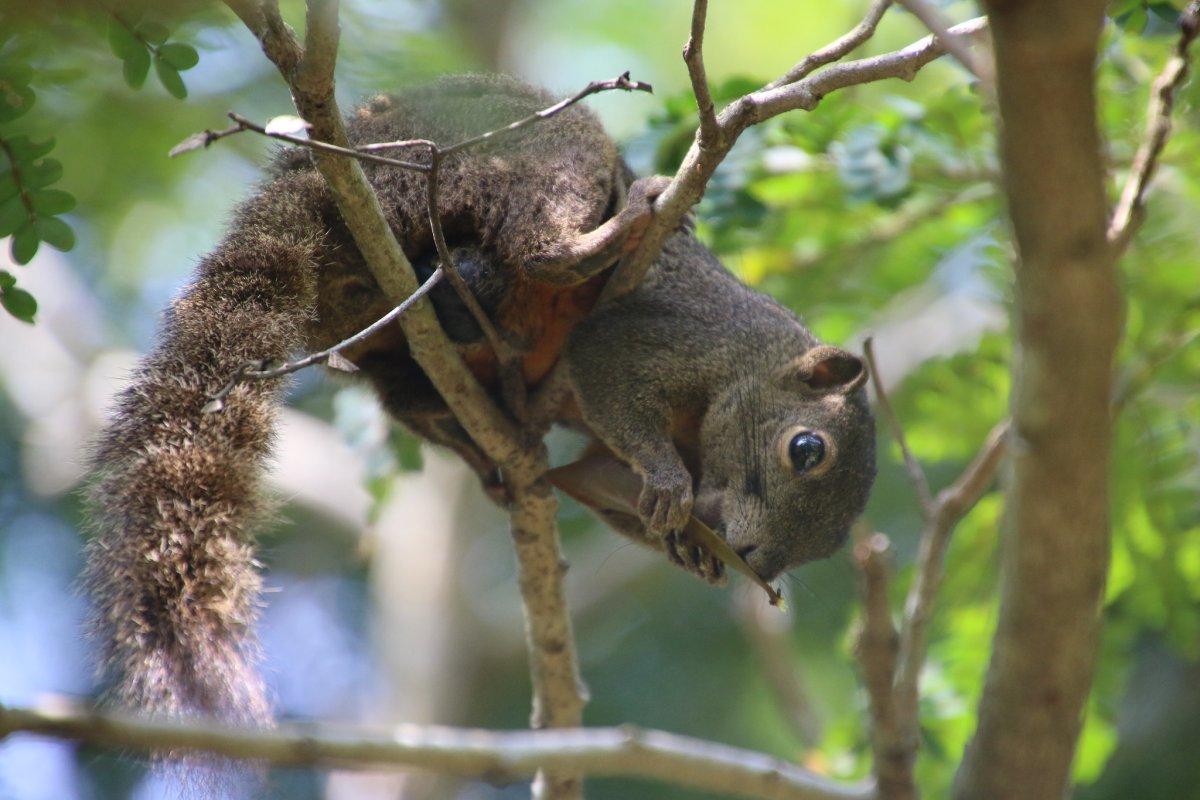
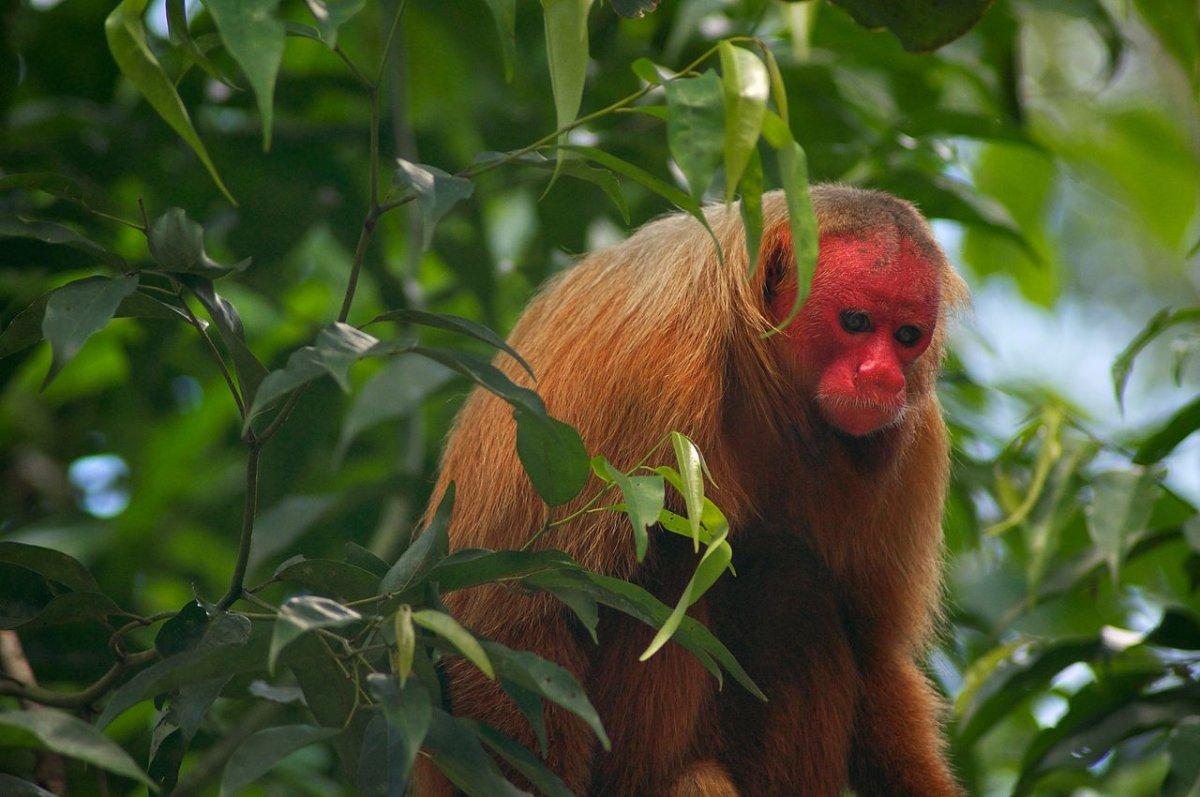
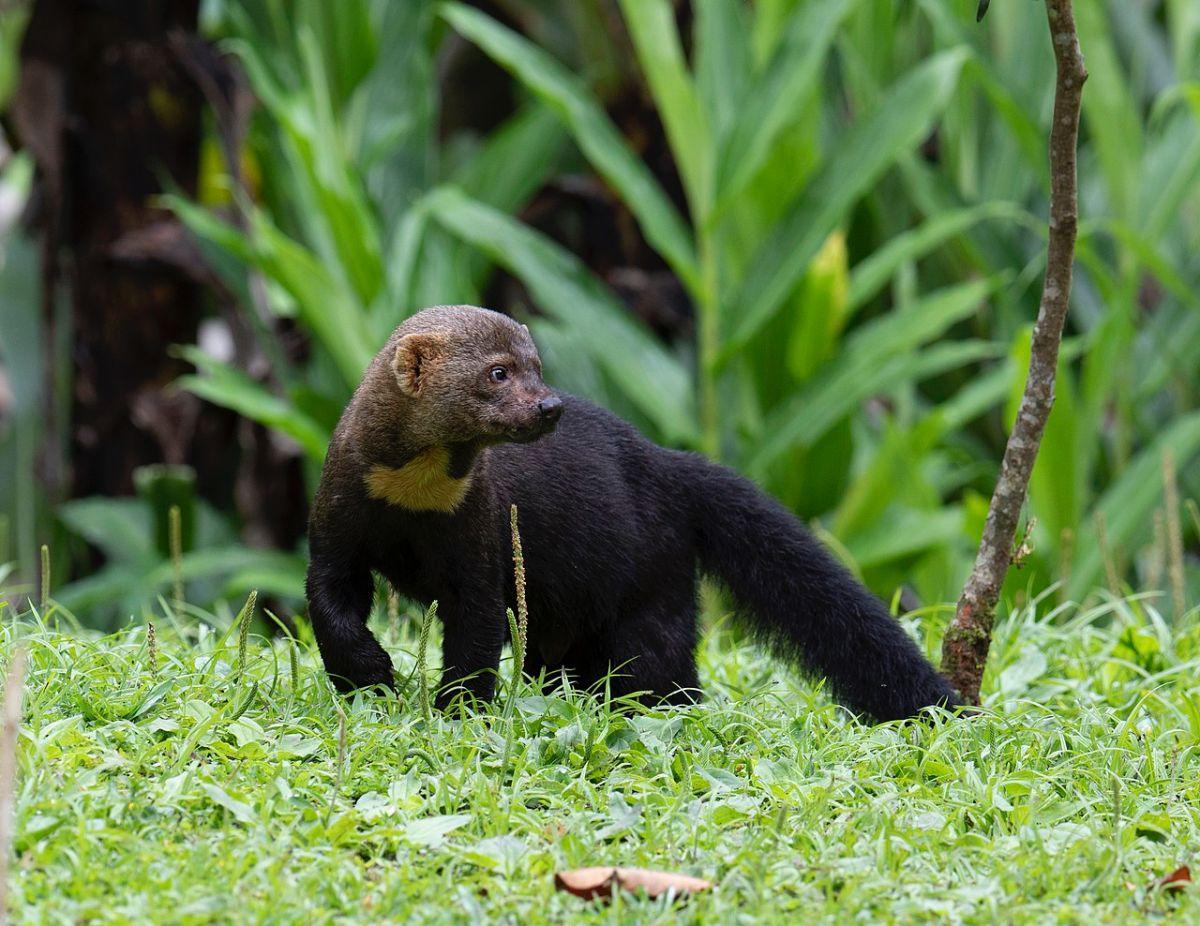

![21 Wild Animals in New South Wales [Wildlife in New South Wales]](https://www.kevmrc.com/wp-content/uploads/2023/01/21-wild-animals-in-new-south-wales-australia.jpg)
![20 Wild Animals in Lithuania [Wildlife in Lithuania]](https://www.kevmrc.com/wp-content/uploads/2022/10/20-wild-animals-in-lithuania.jpg)
![23 Wild Animals in Turkey [Wildlife in Turkey]](https://www.kevmrc.com/wp-content/uploads/2022/12/23-wild-animals-in-turkey.jpg)